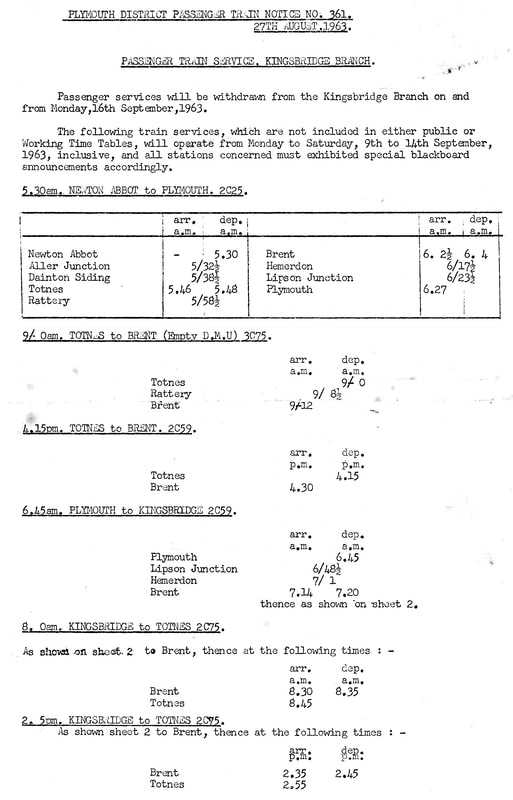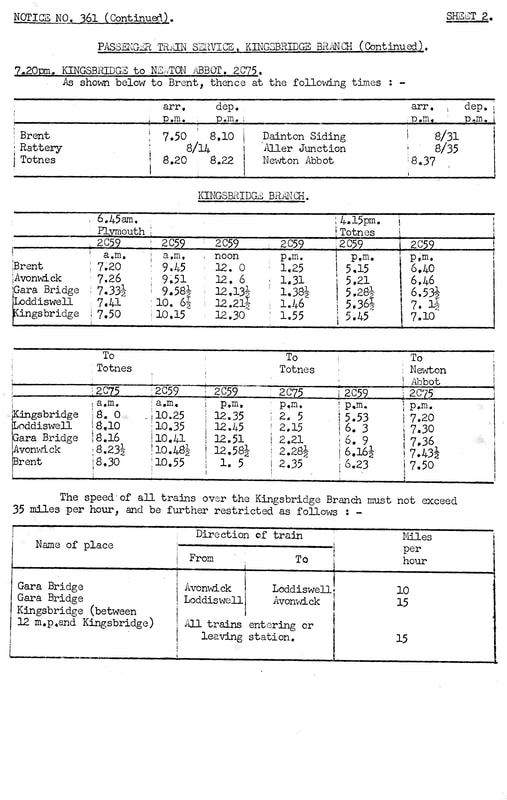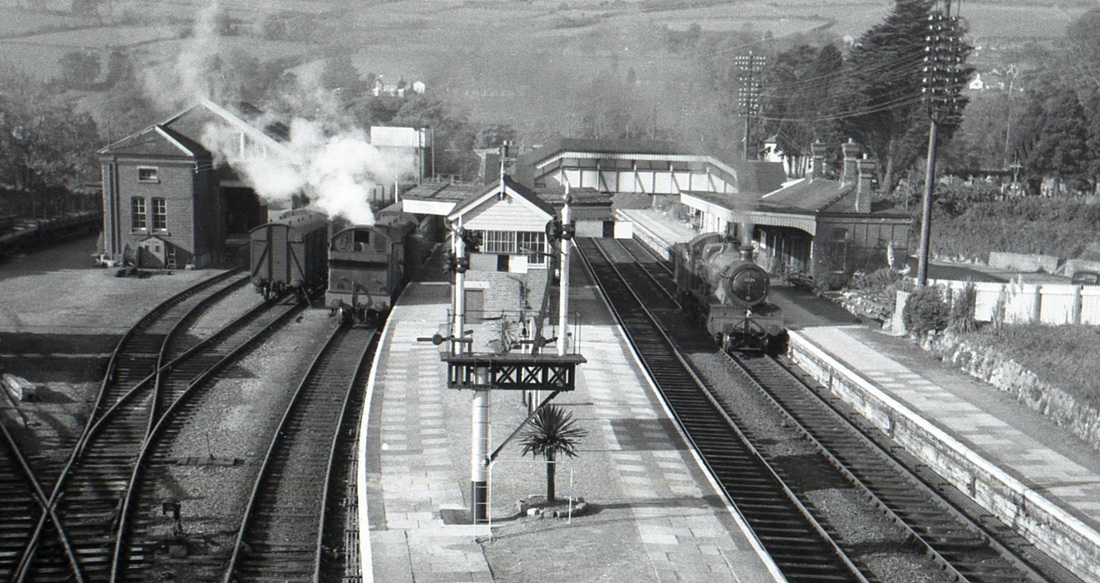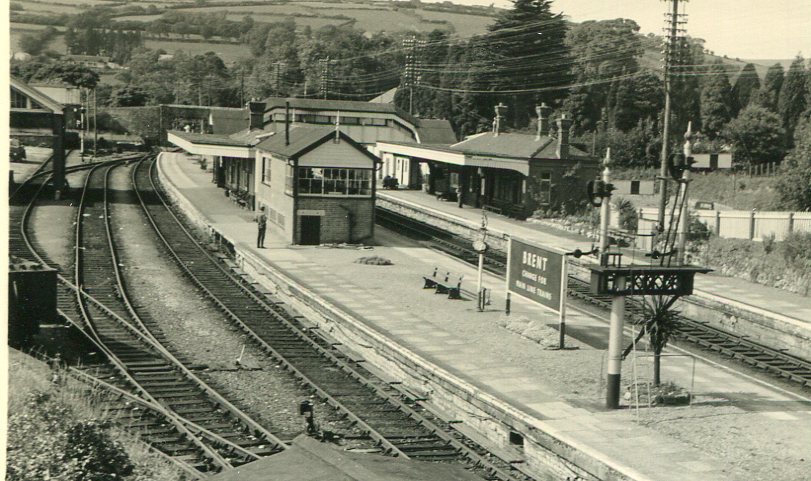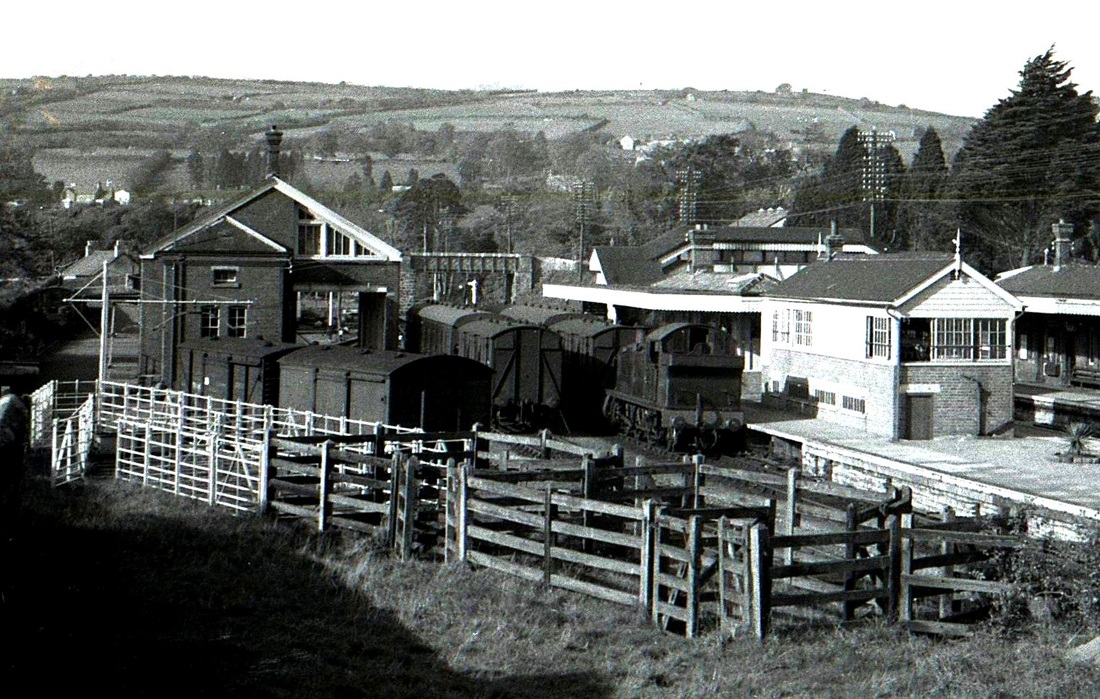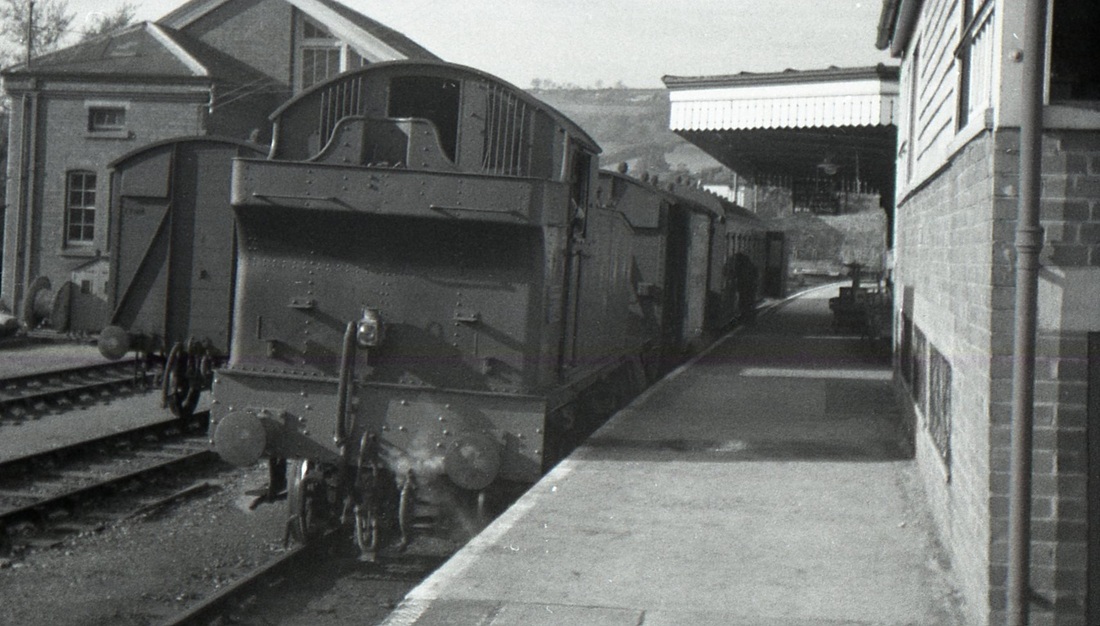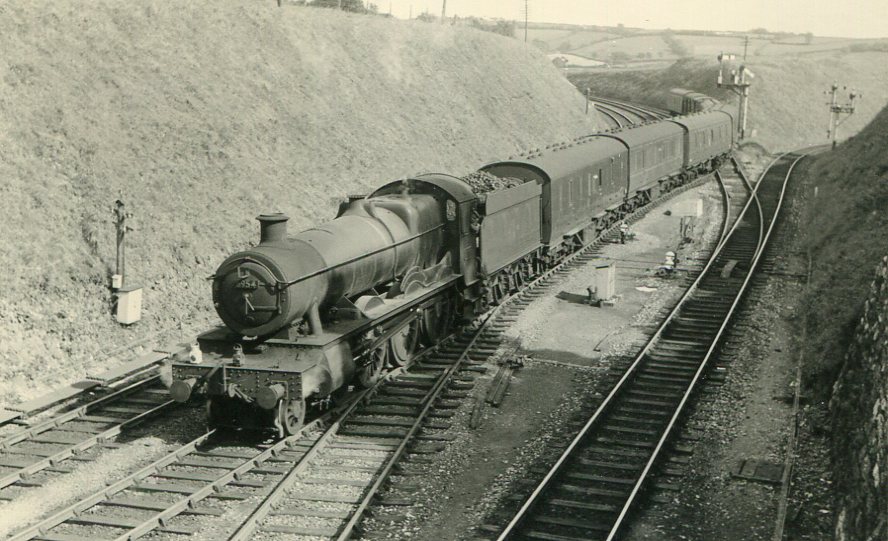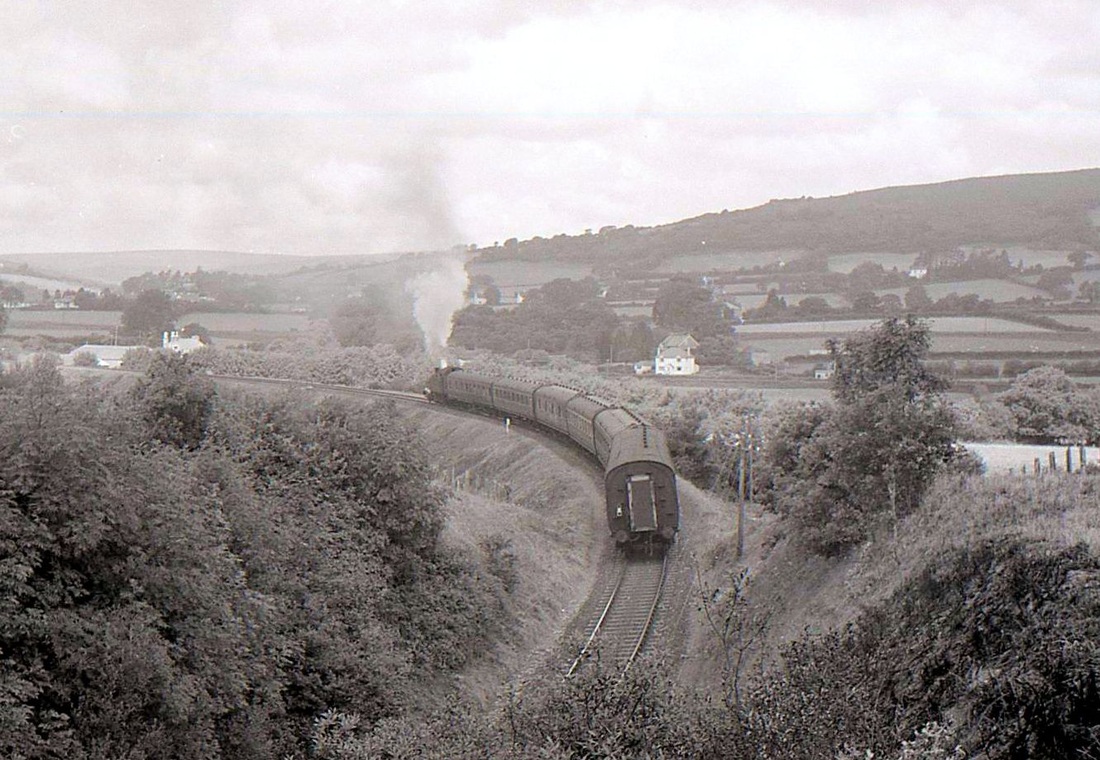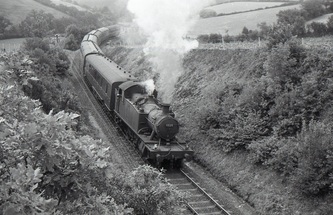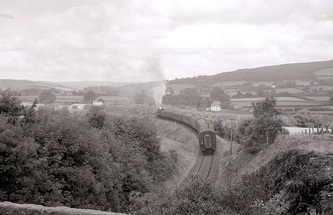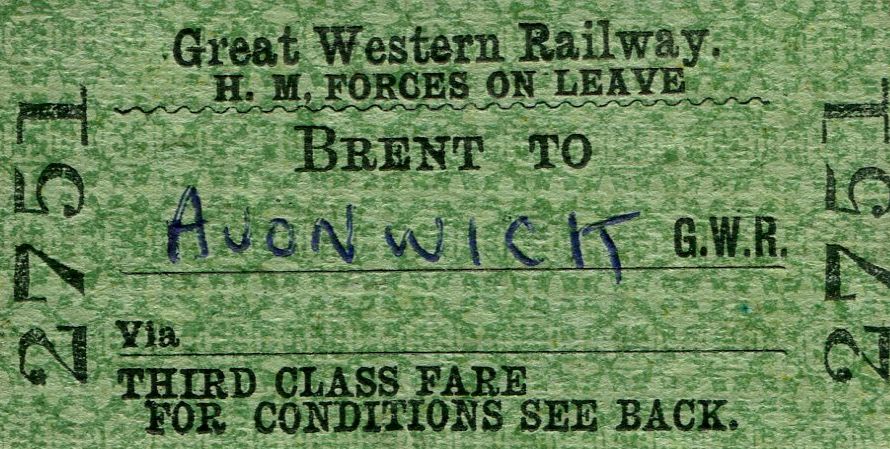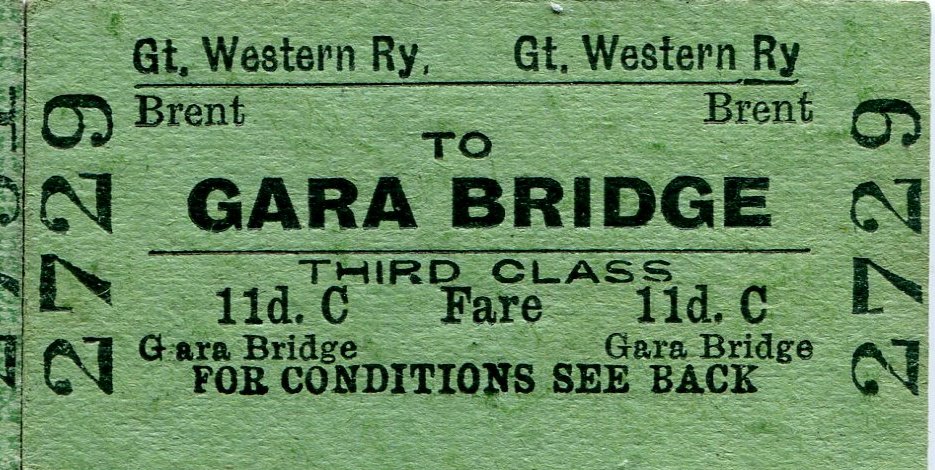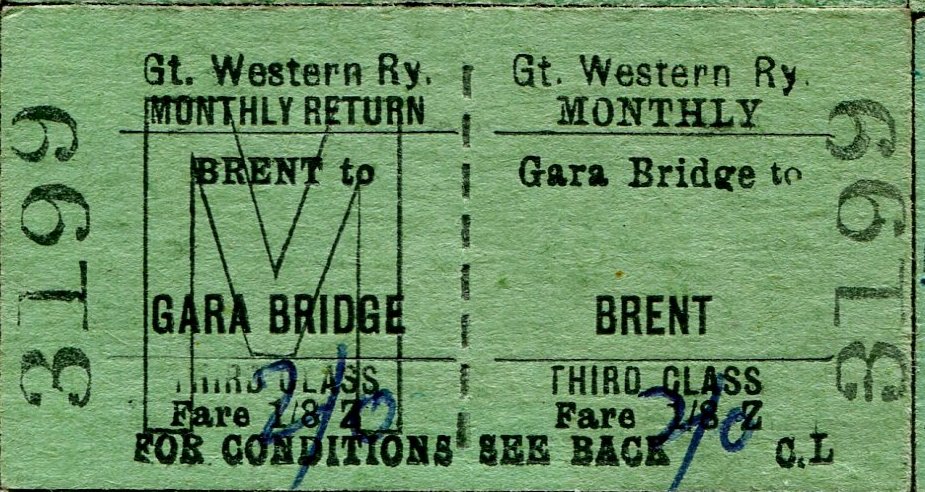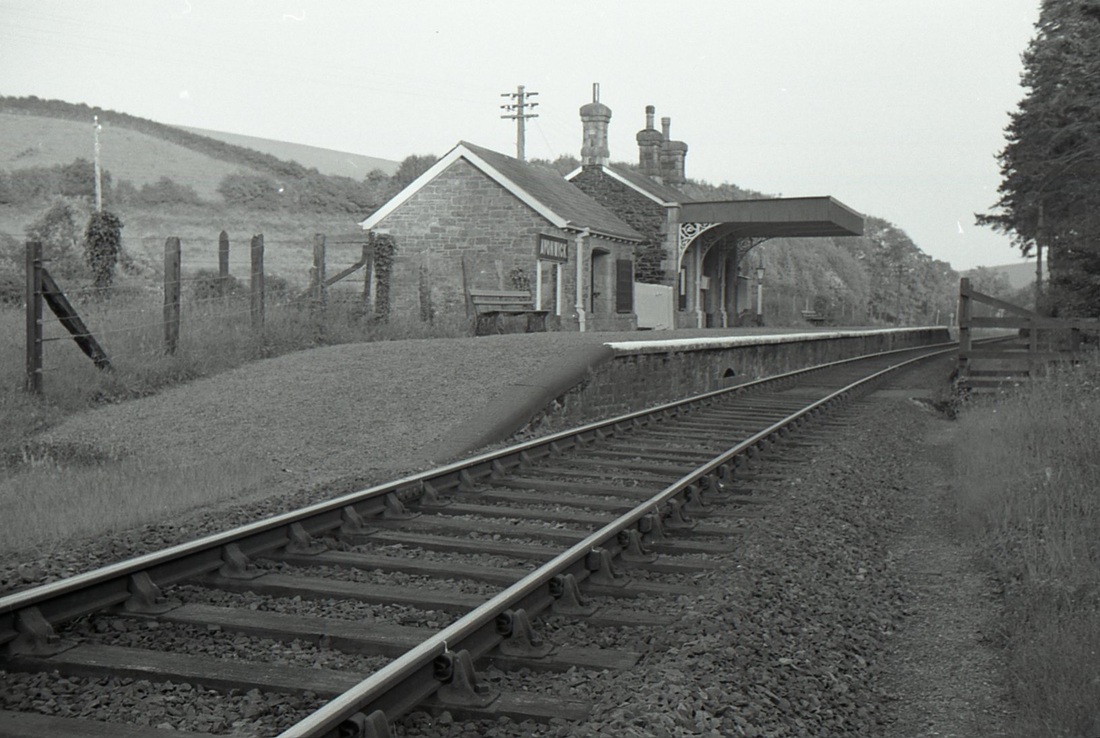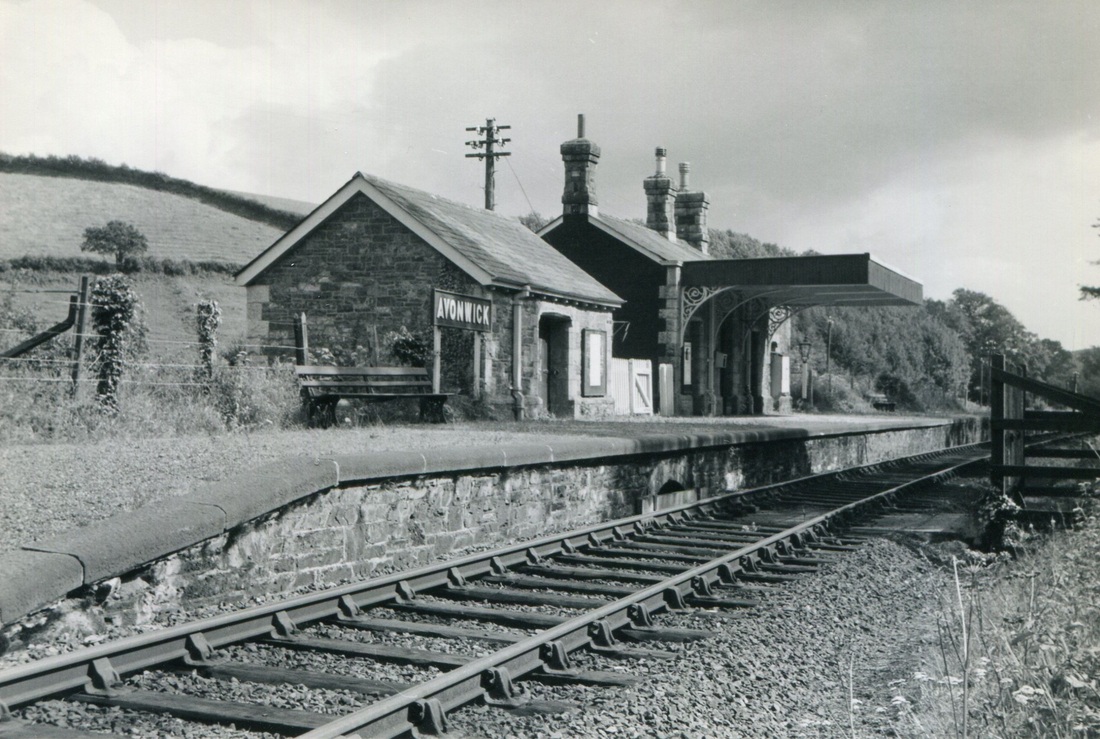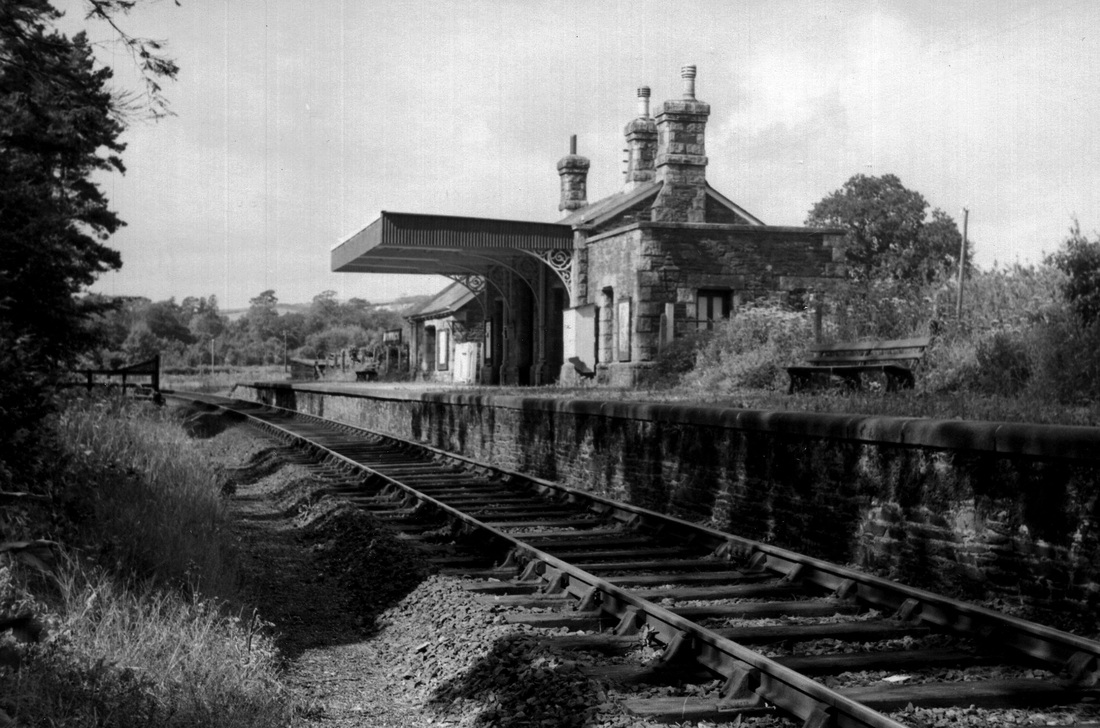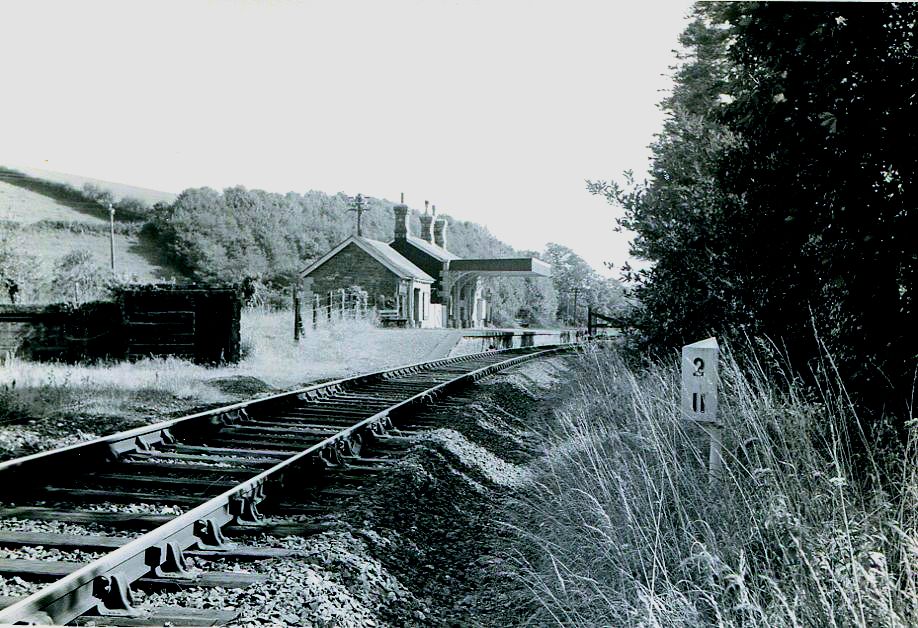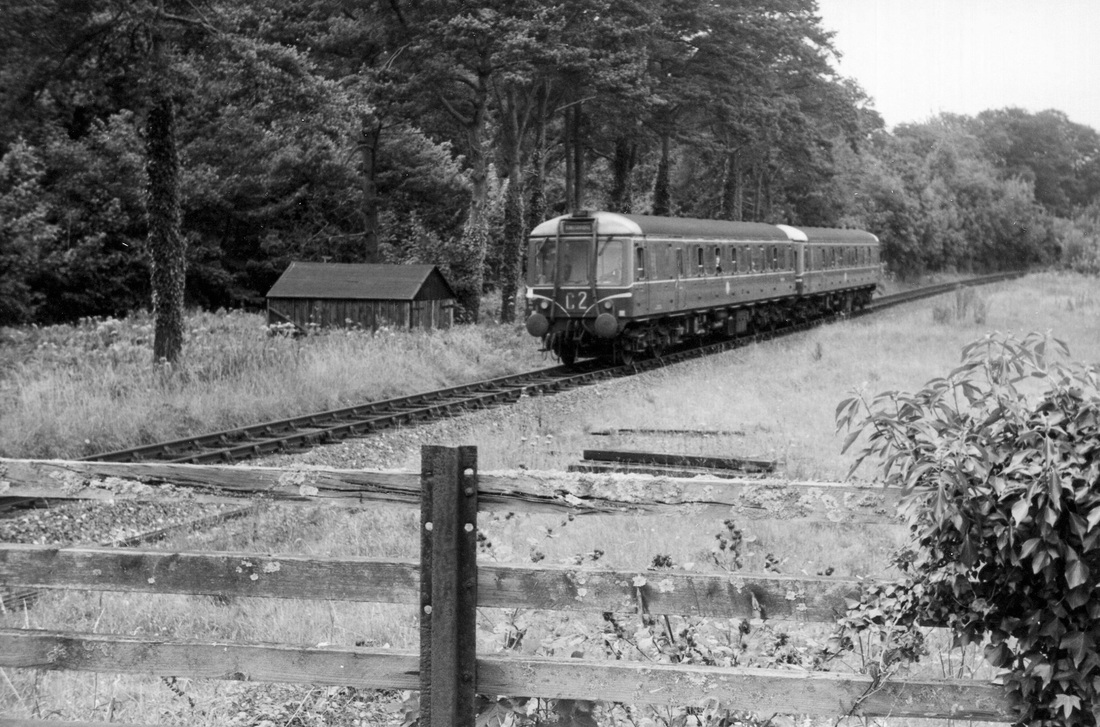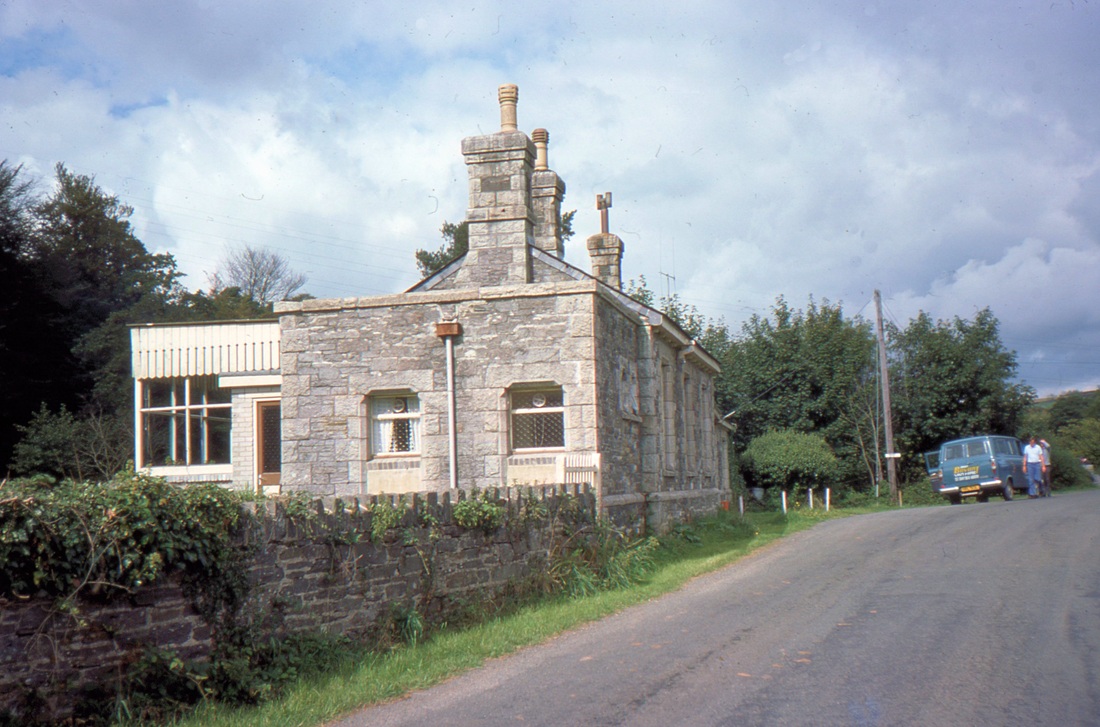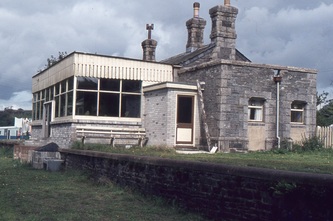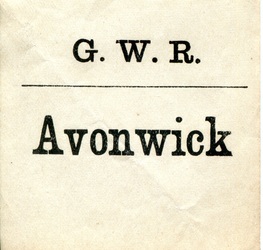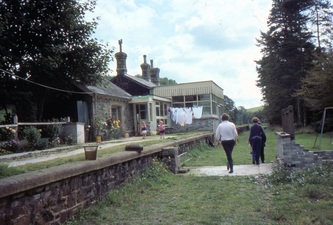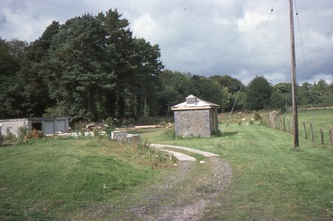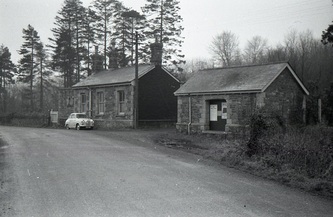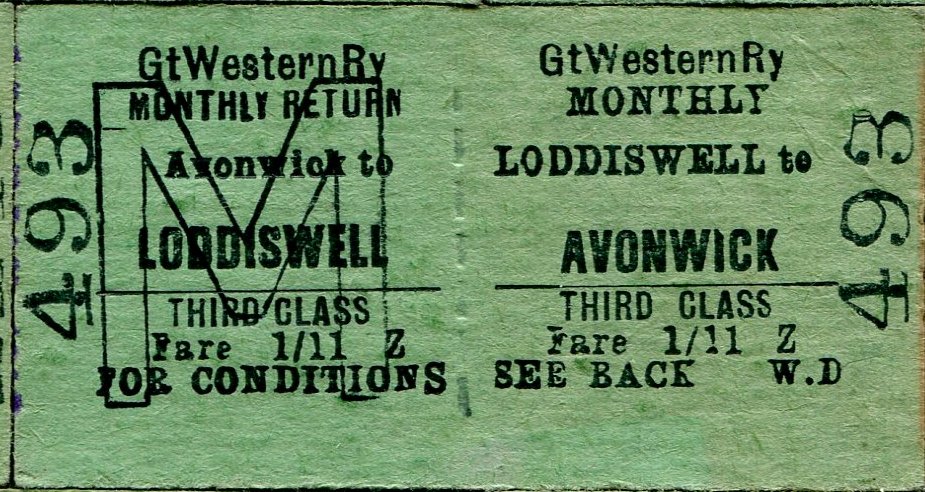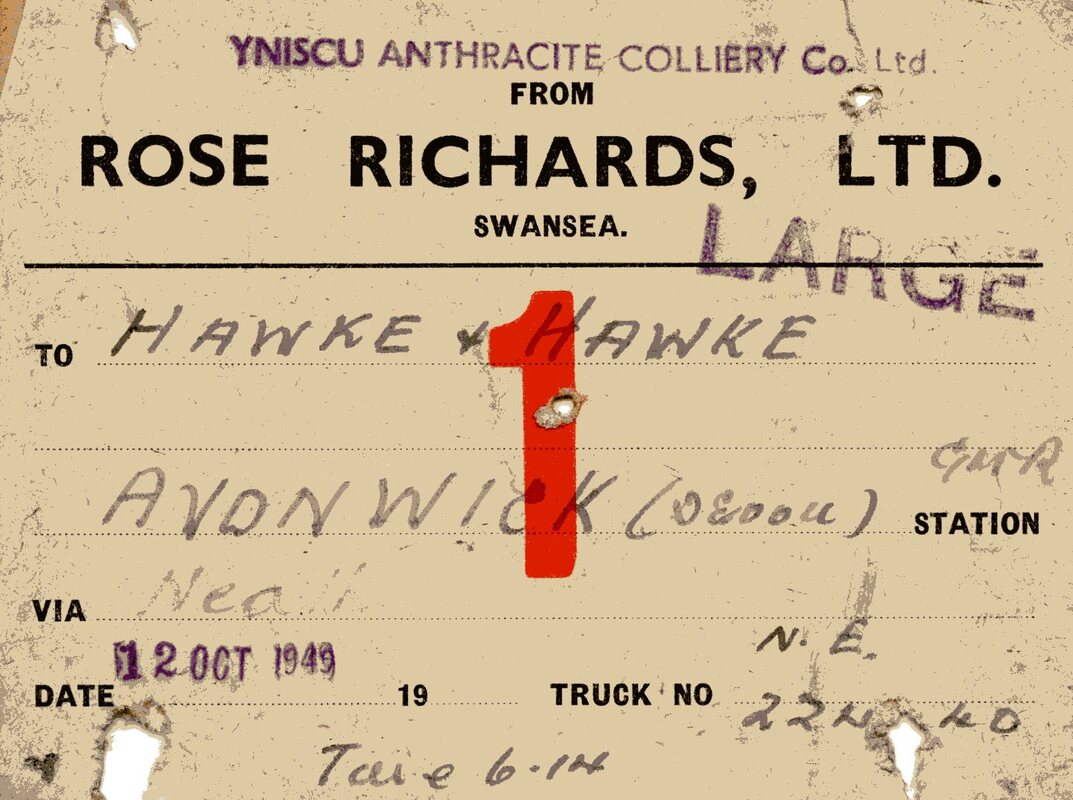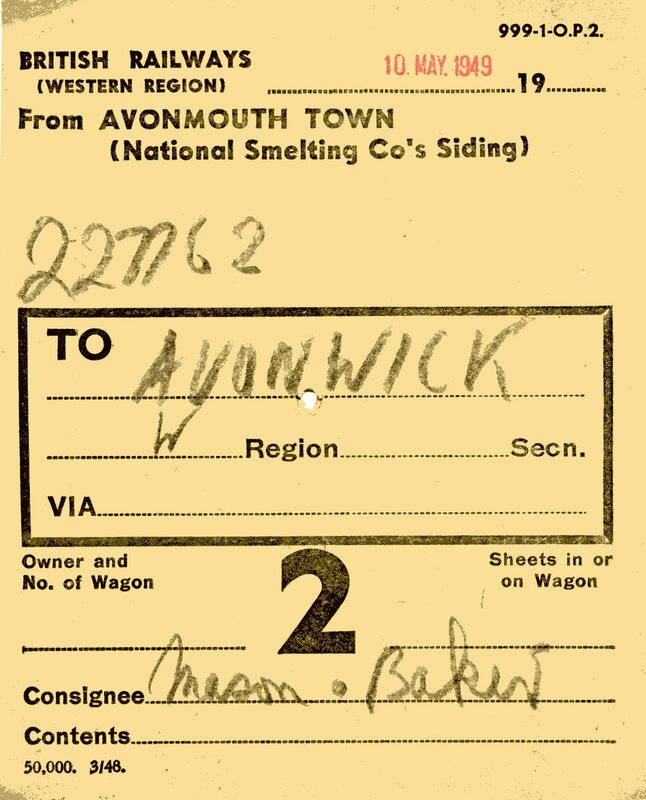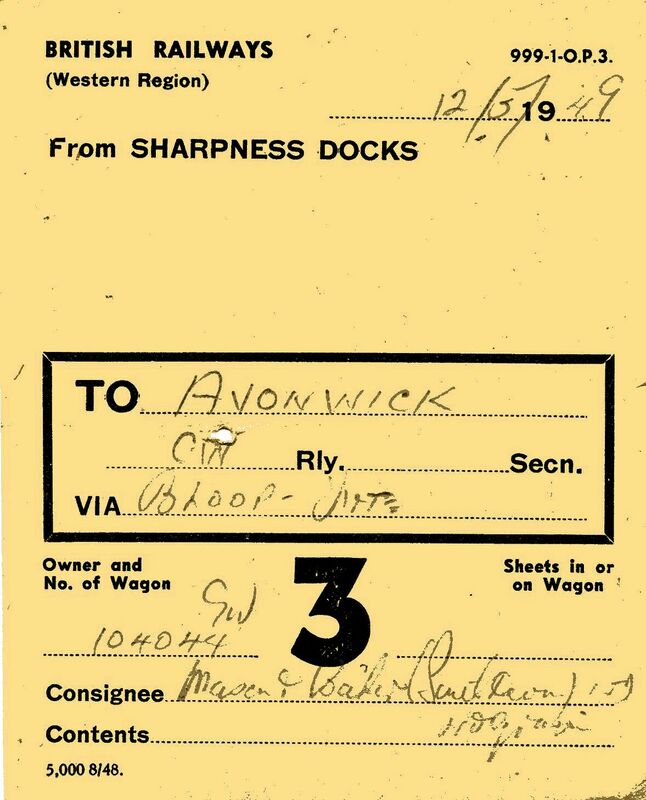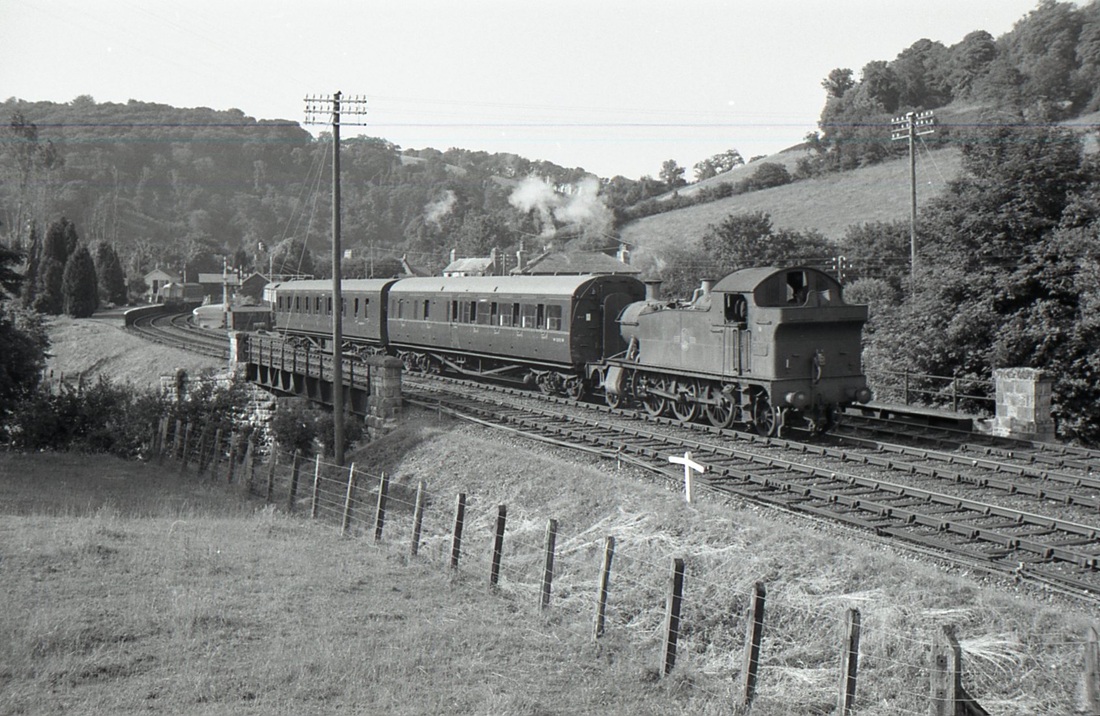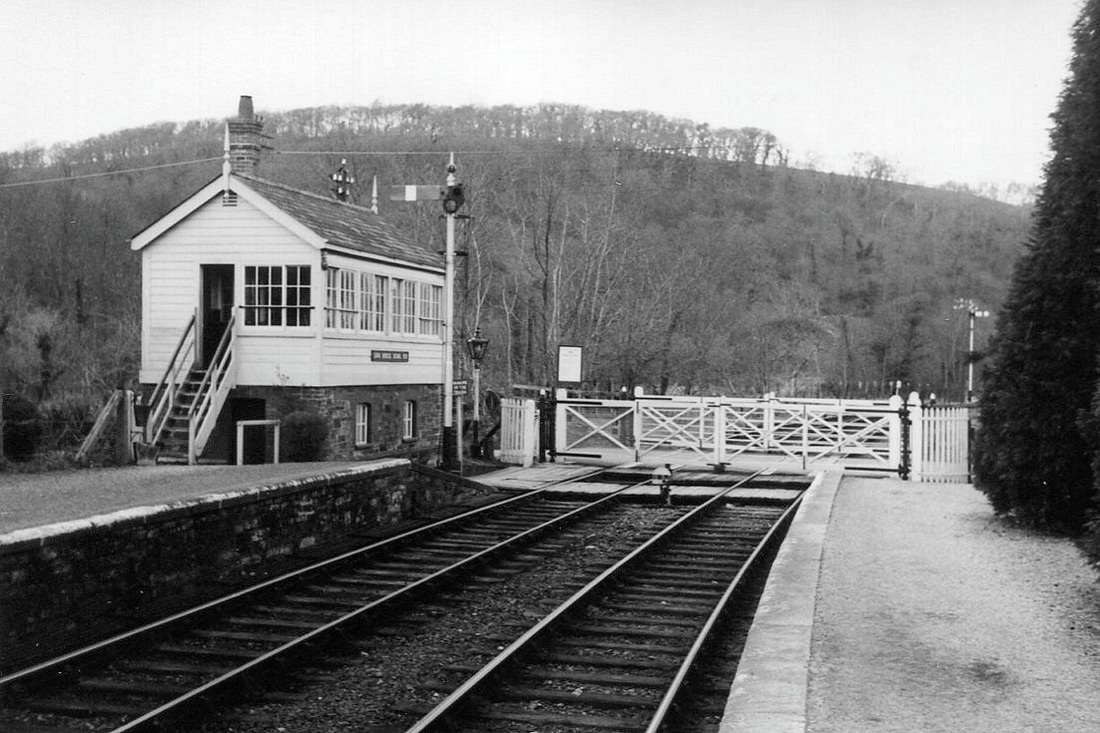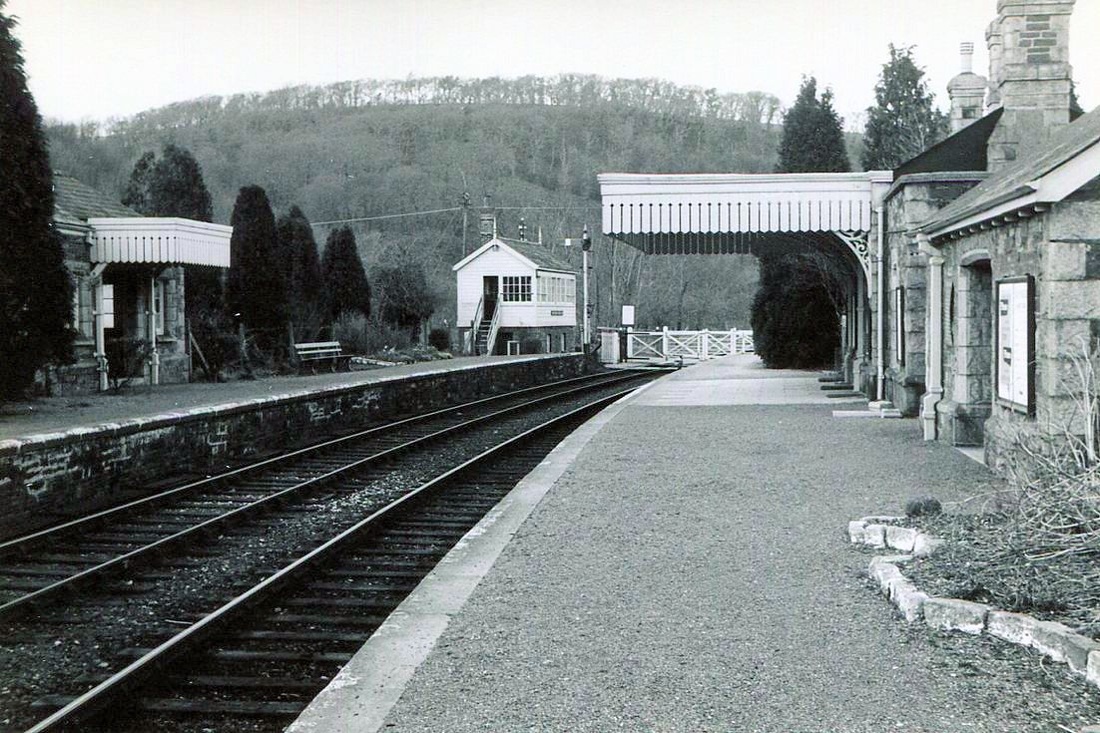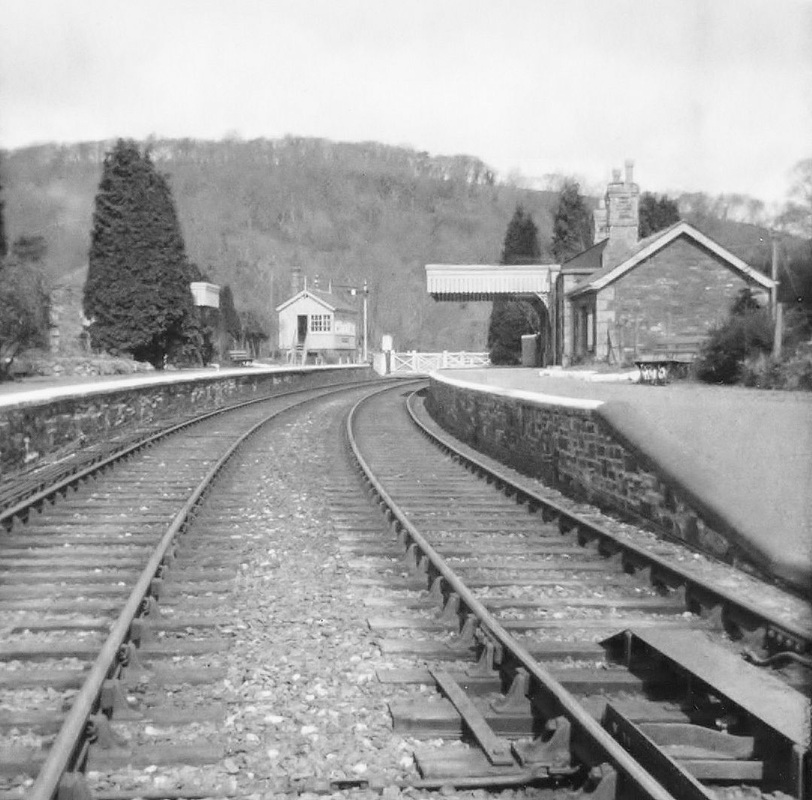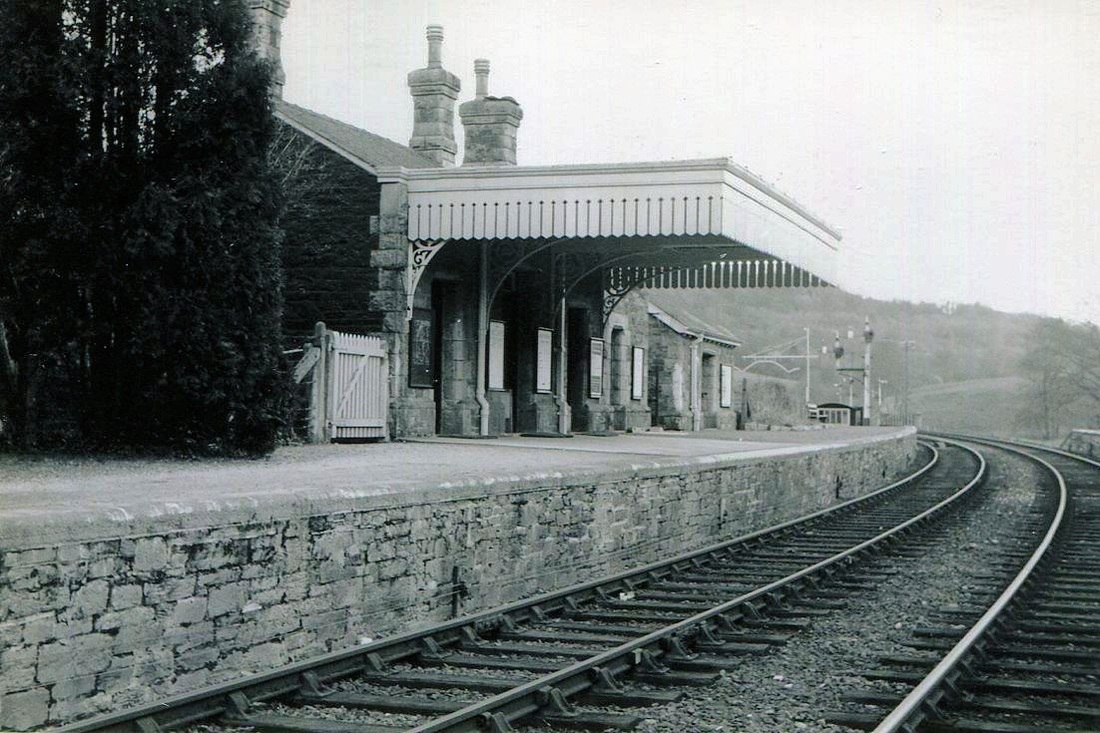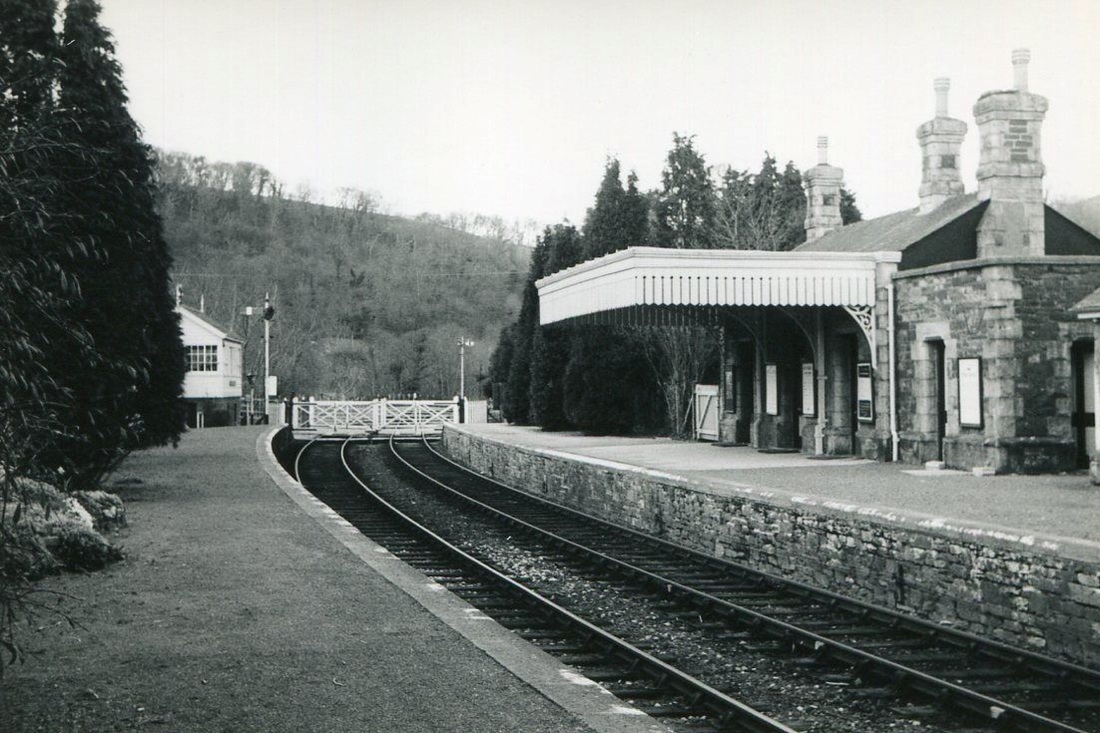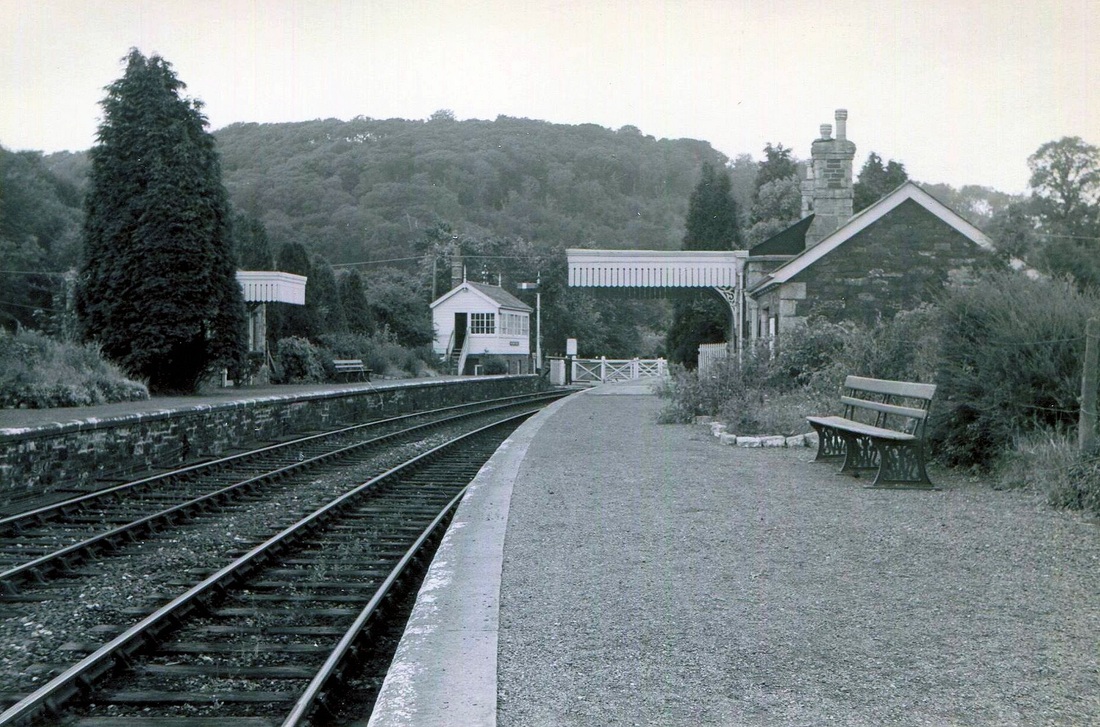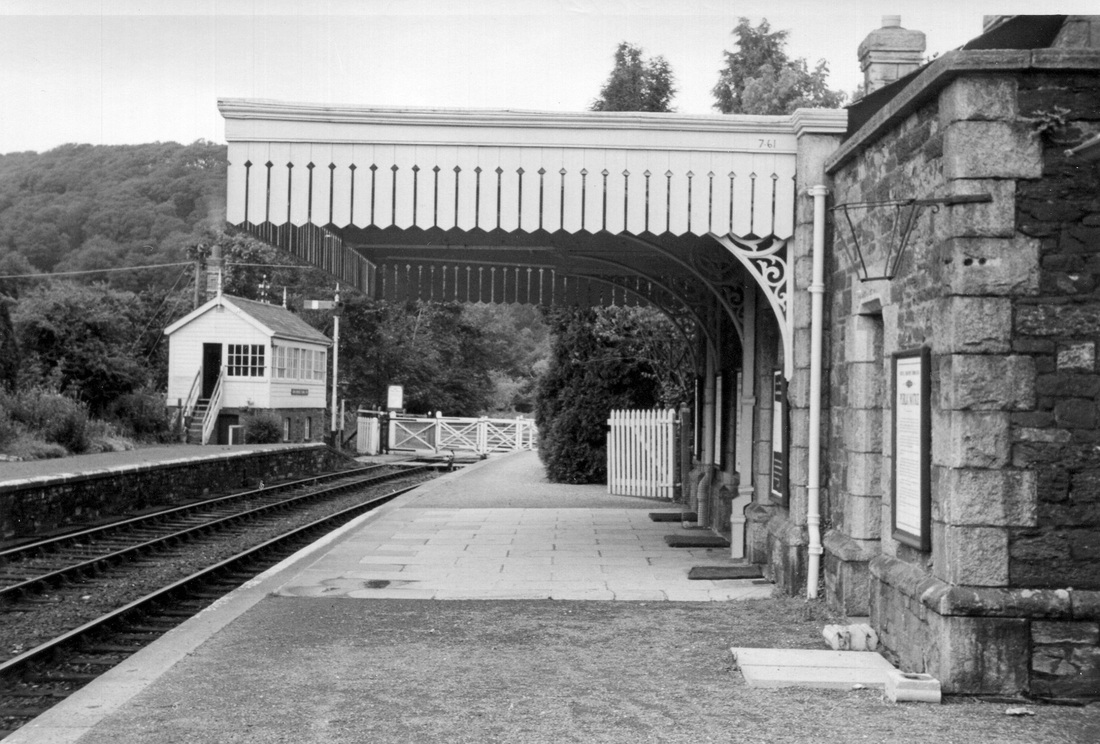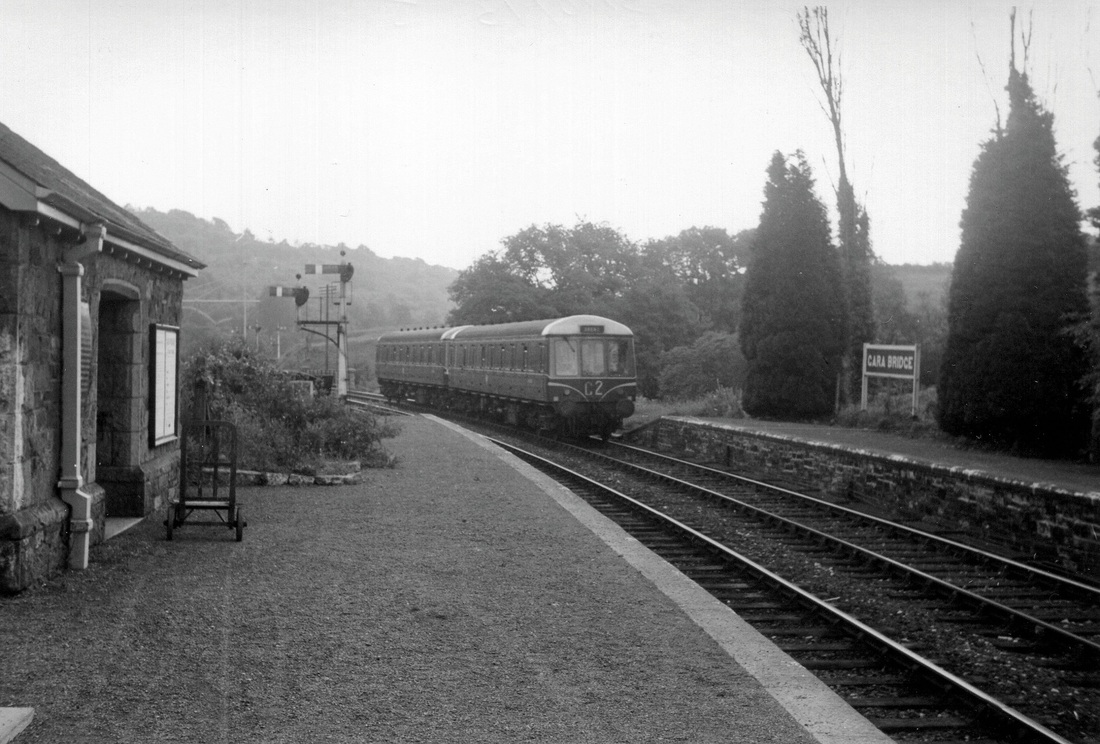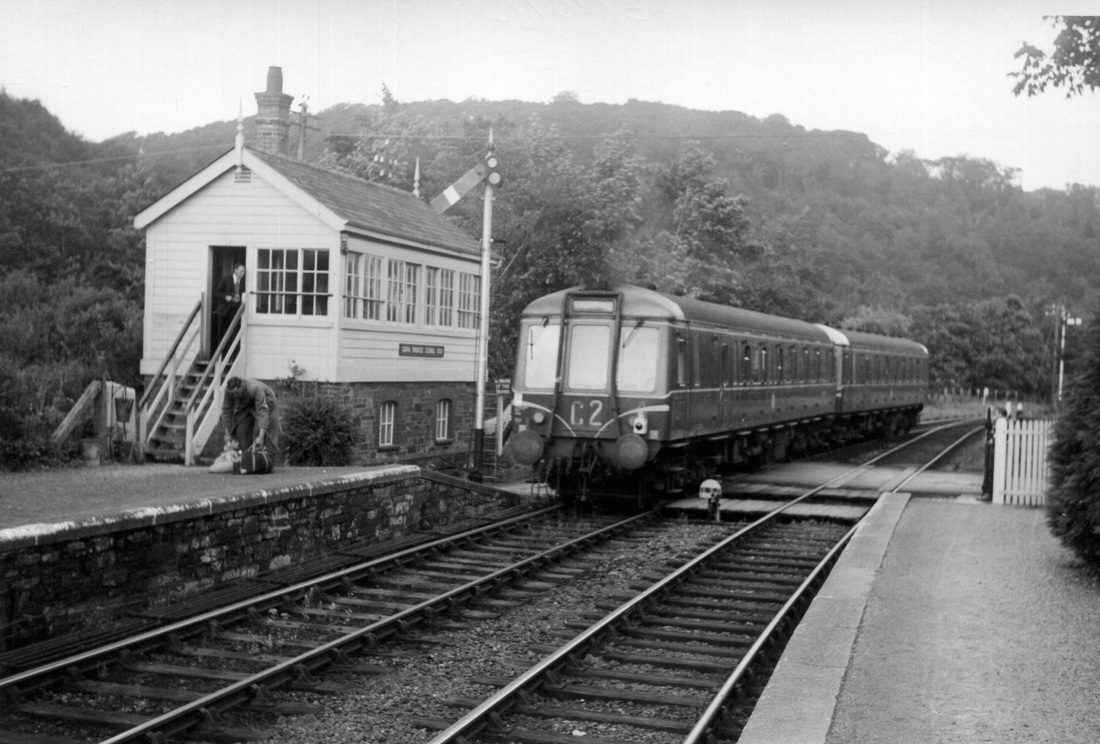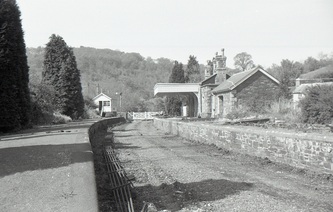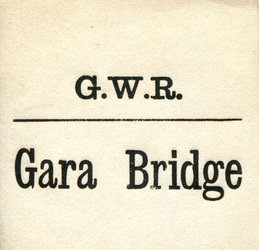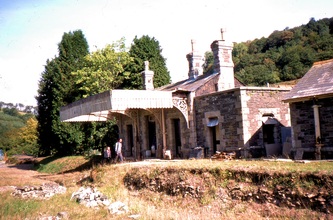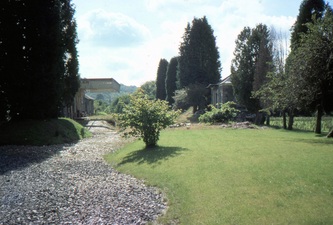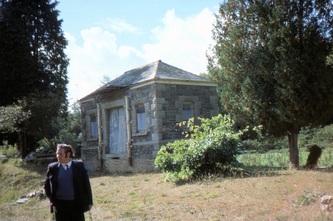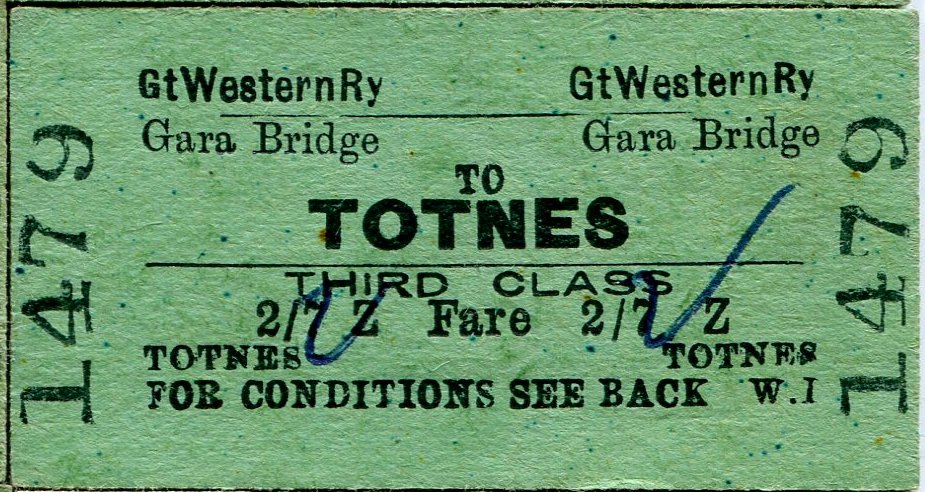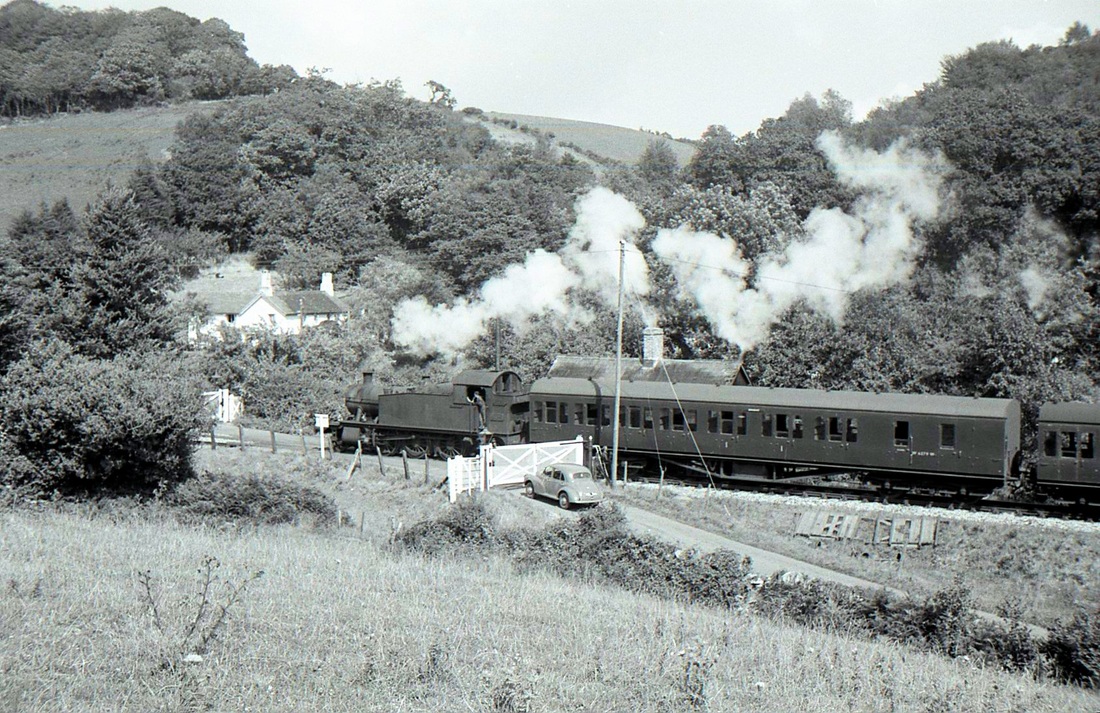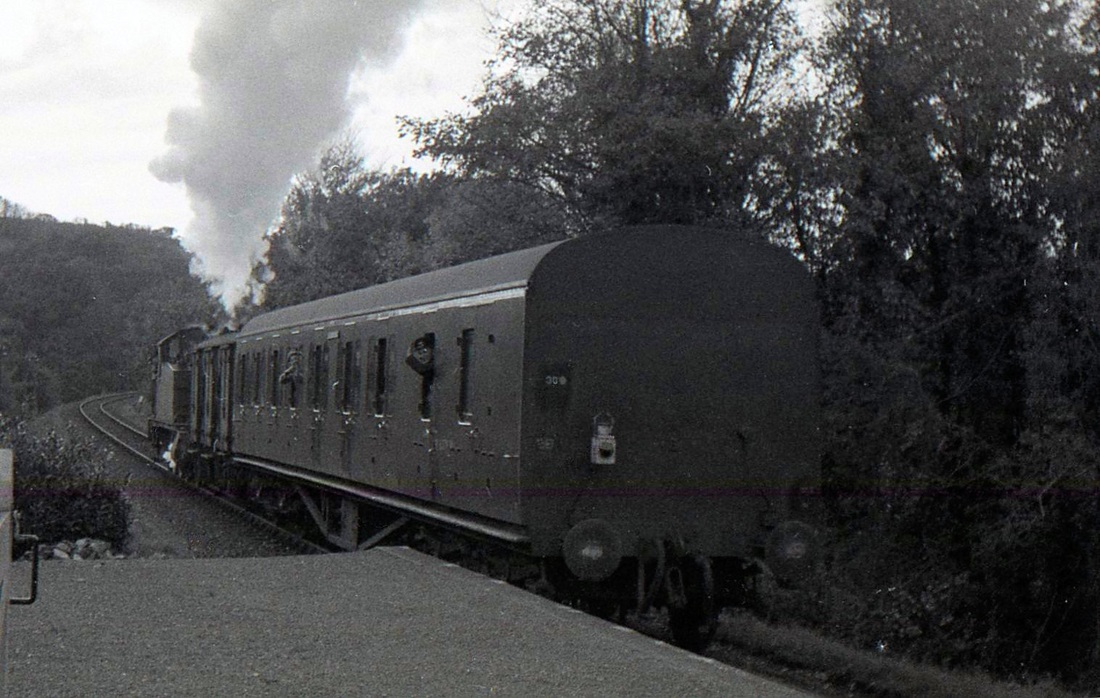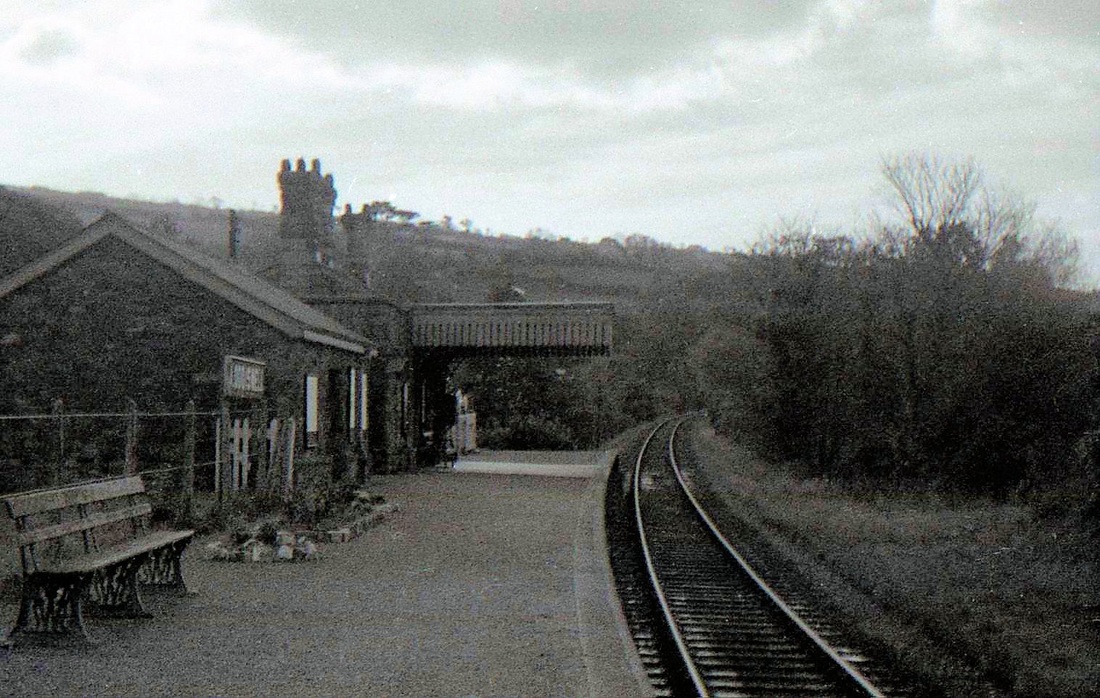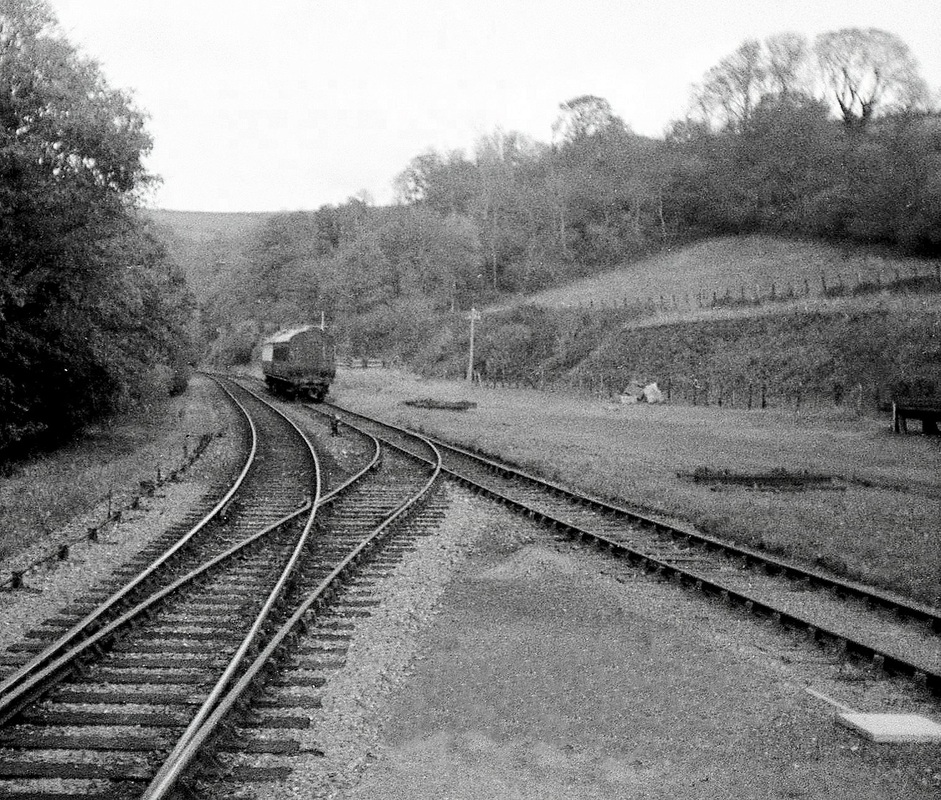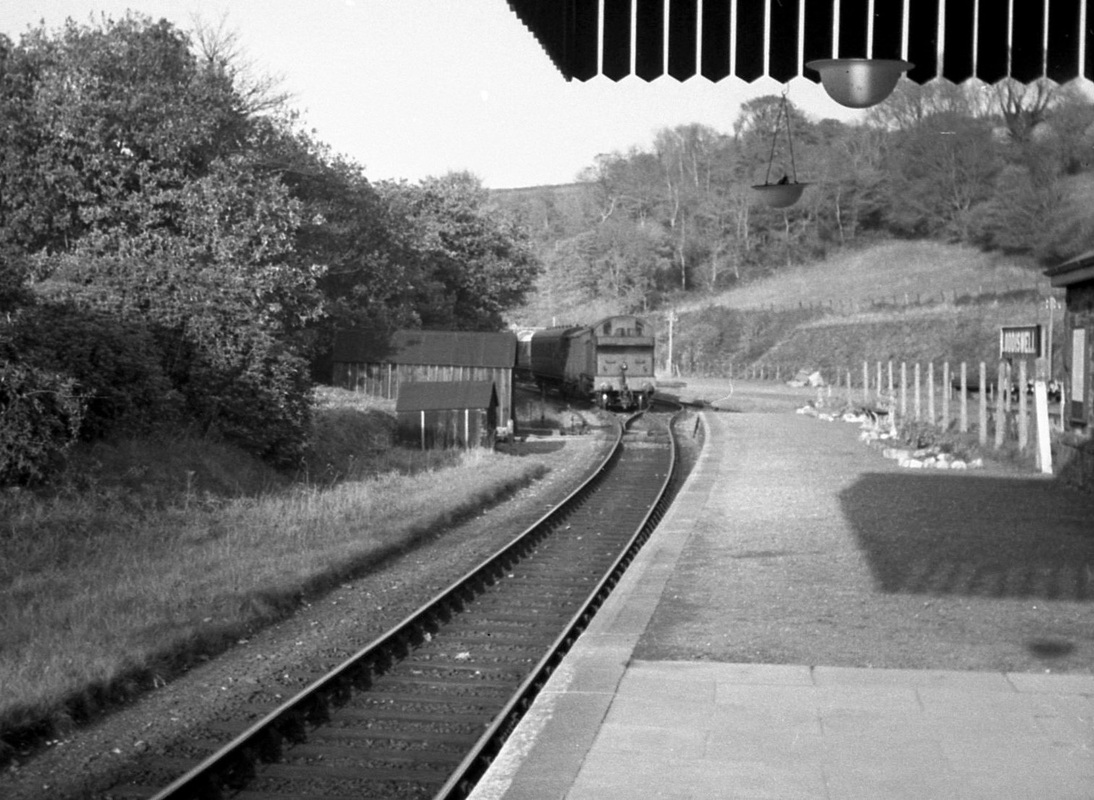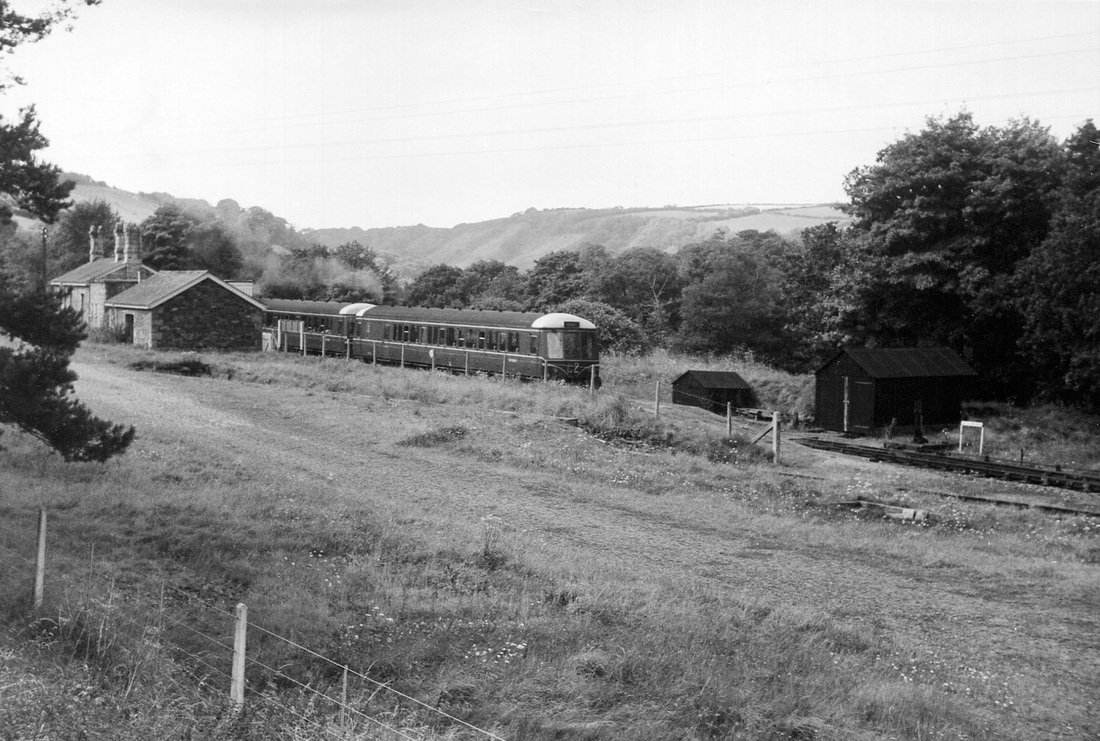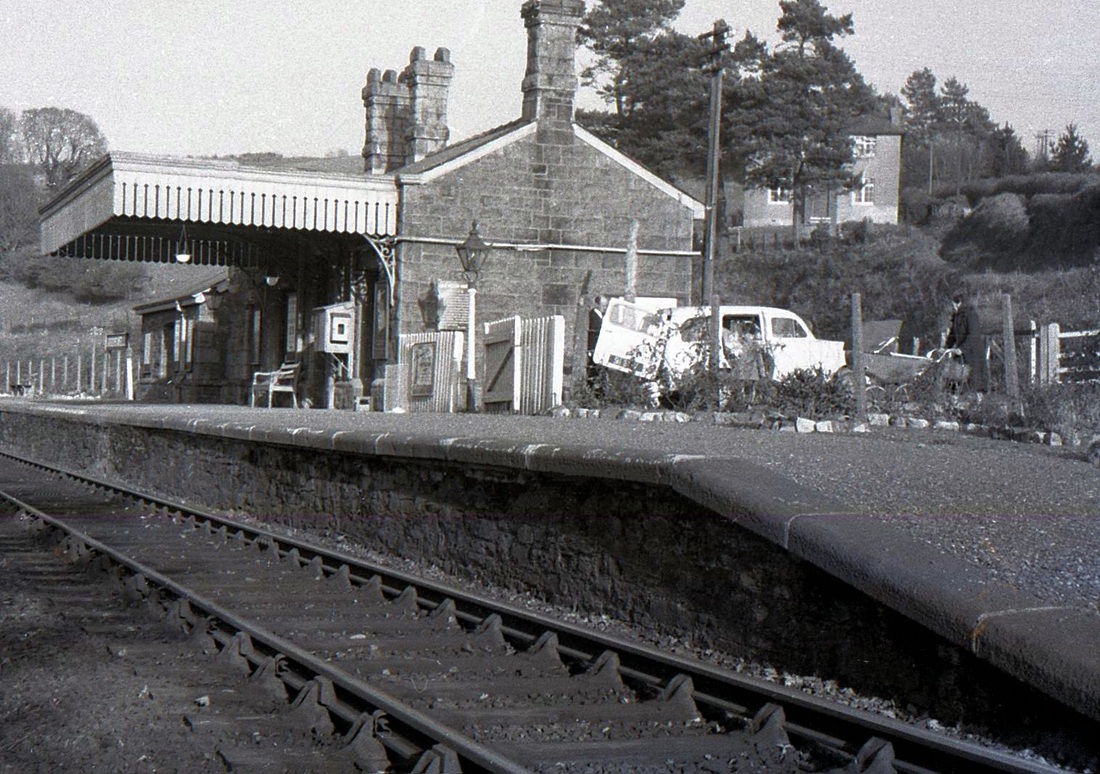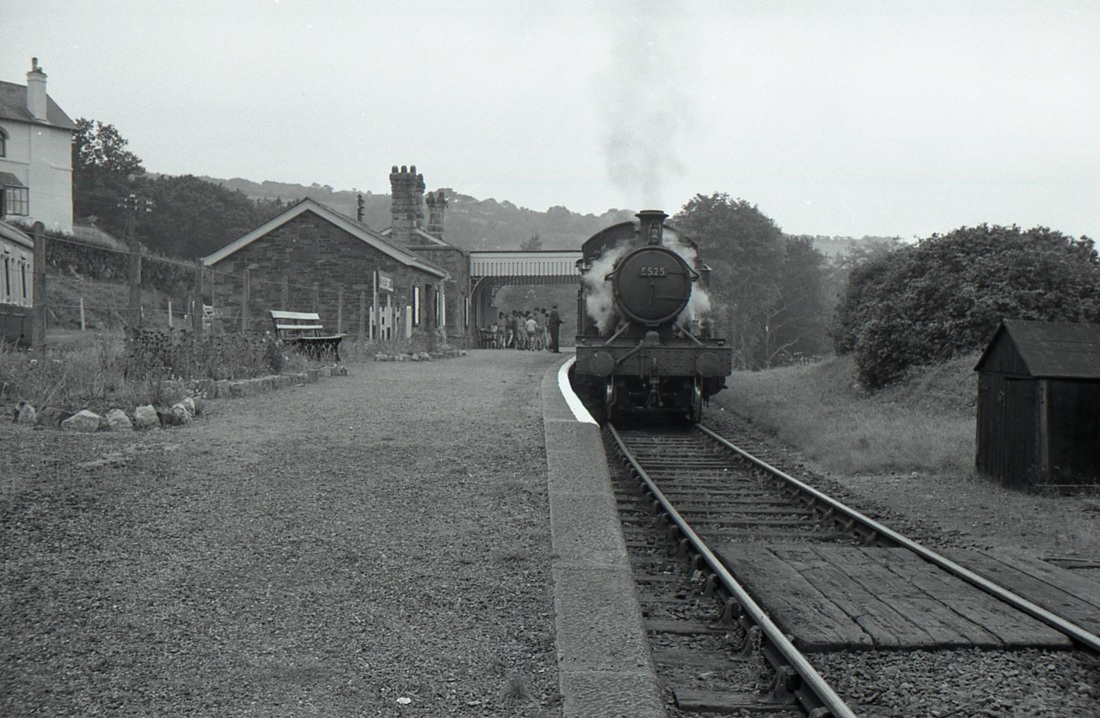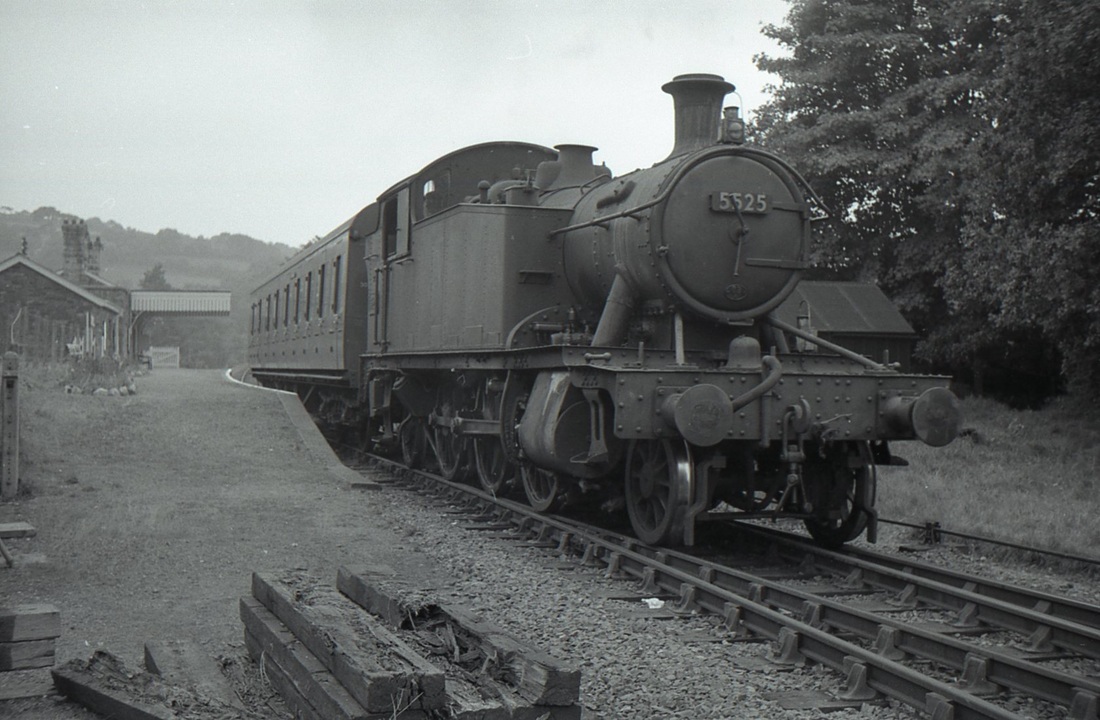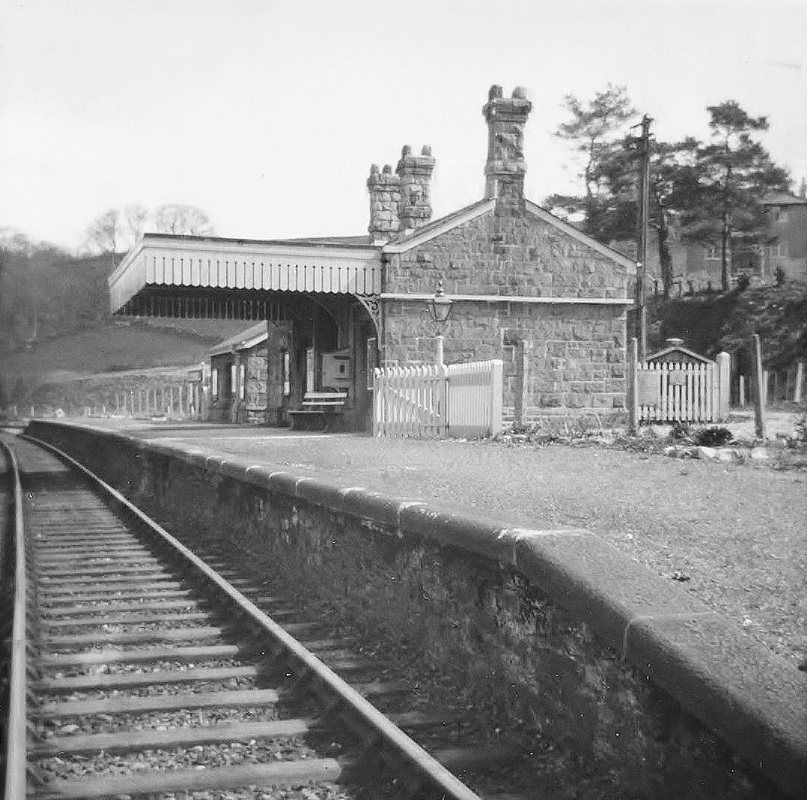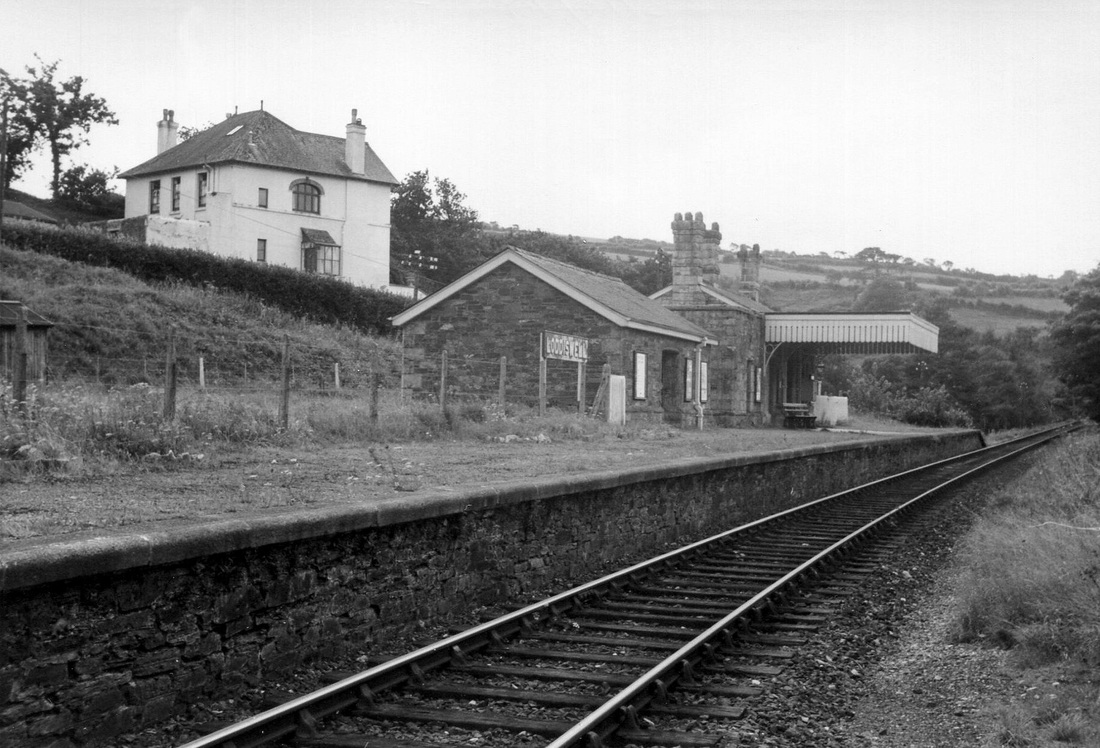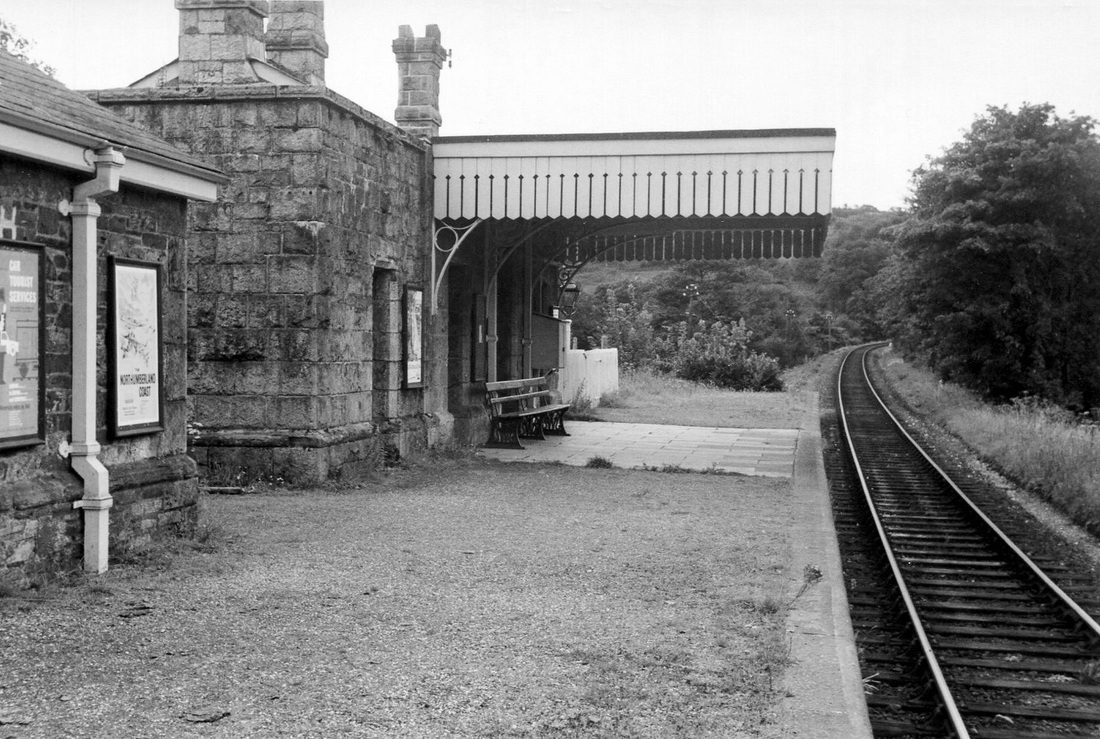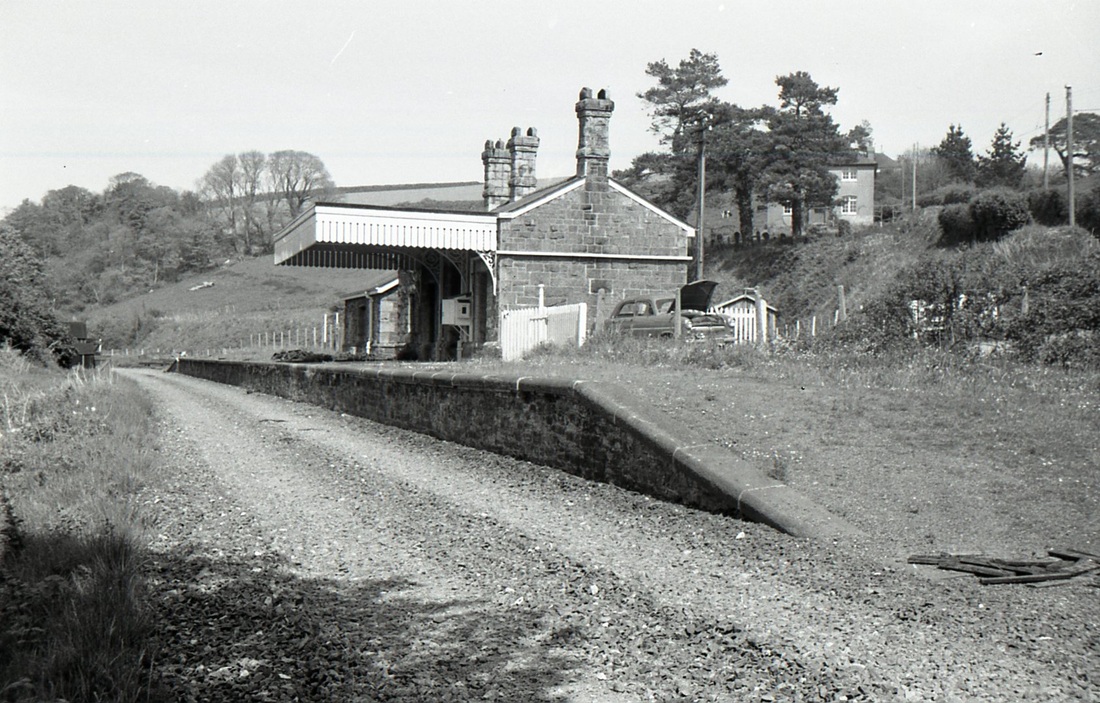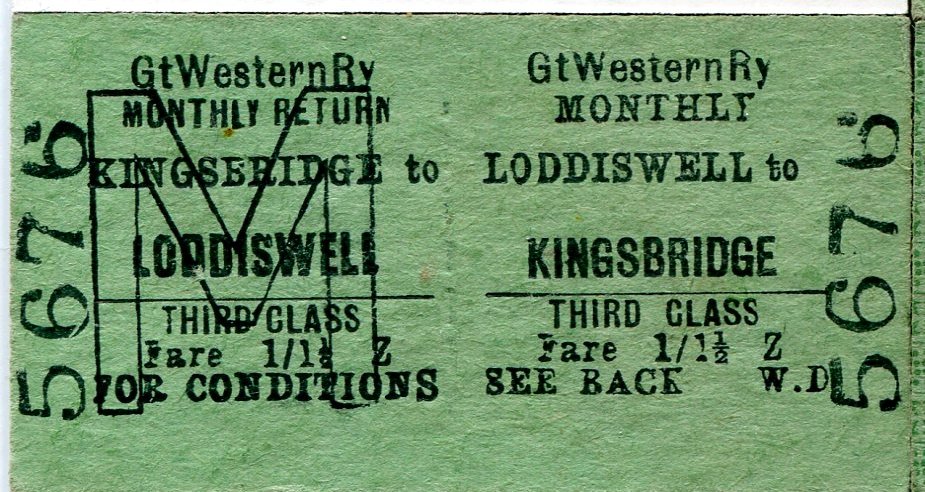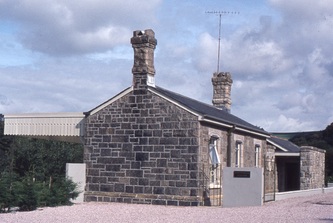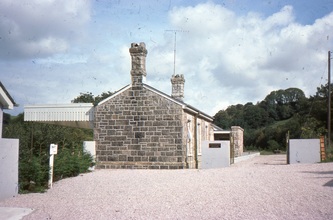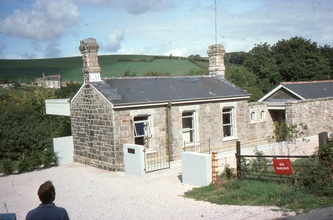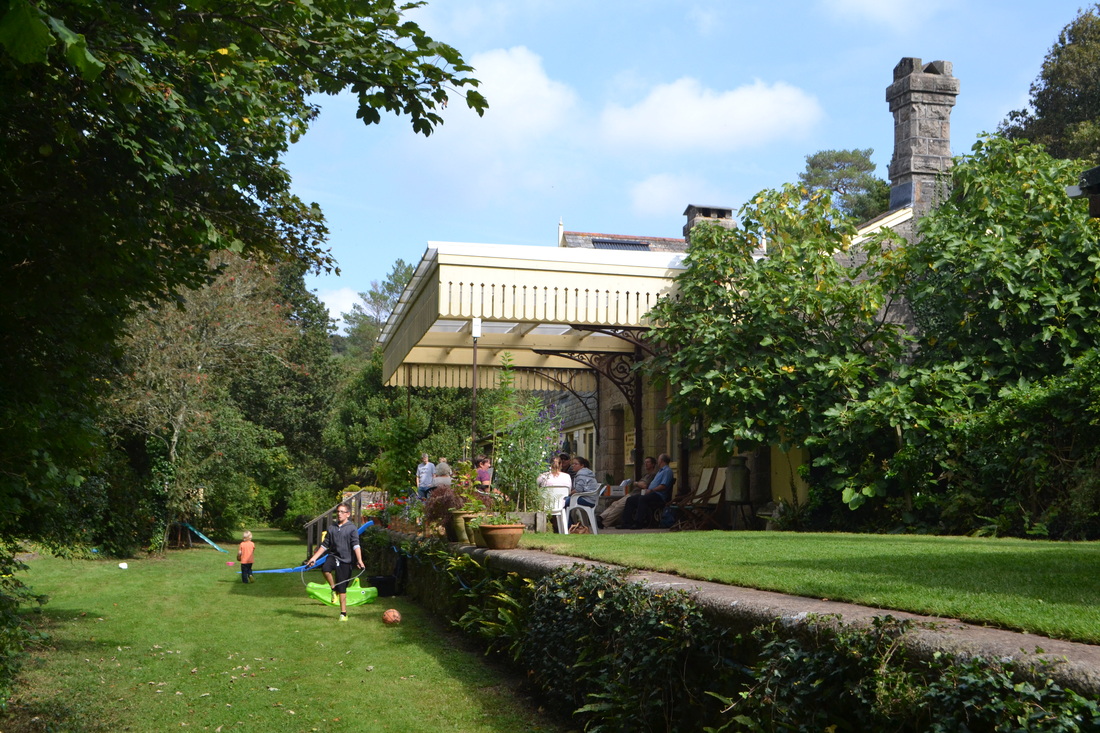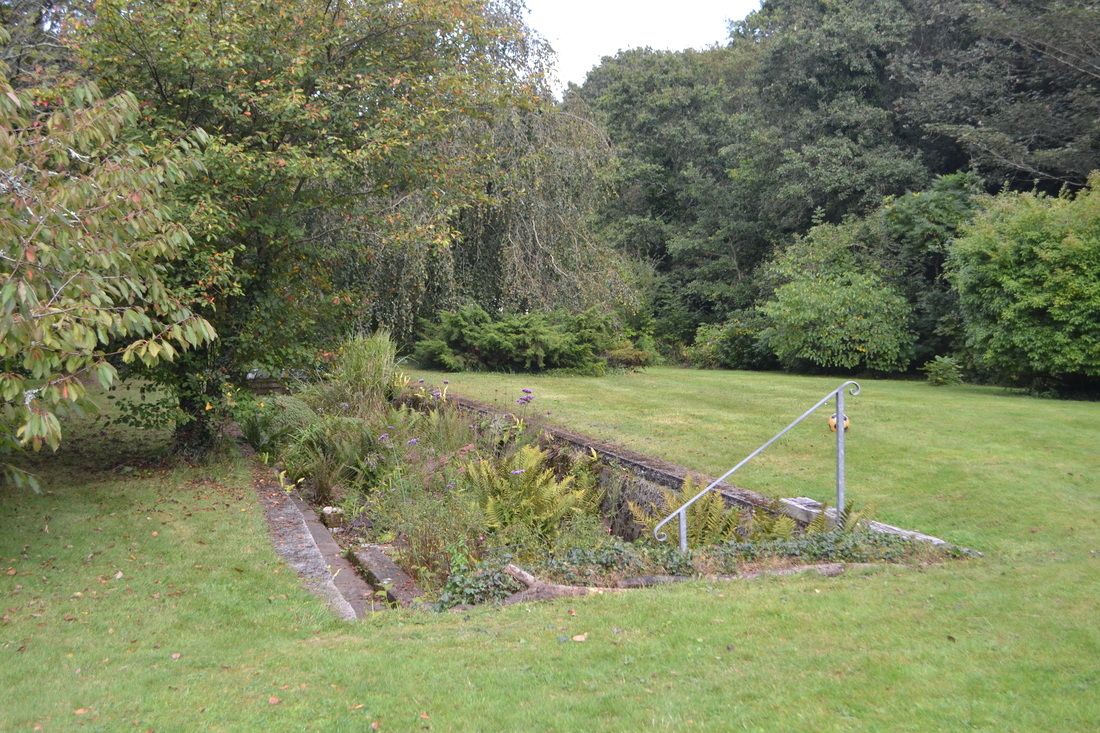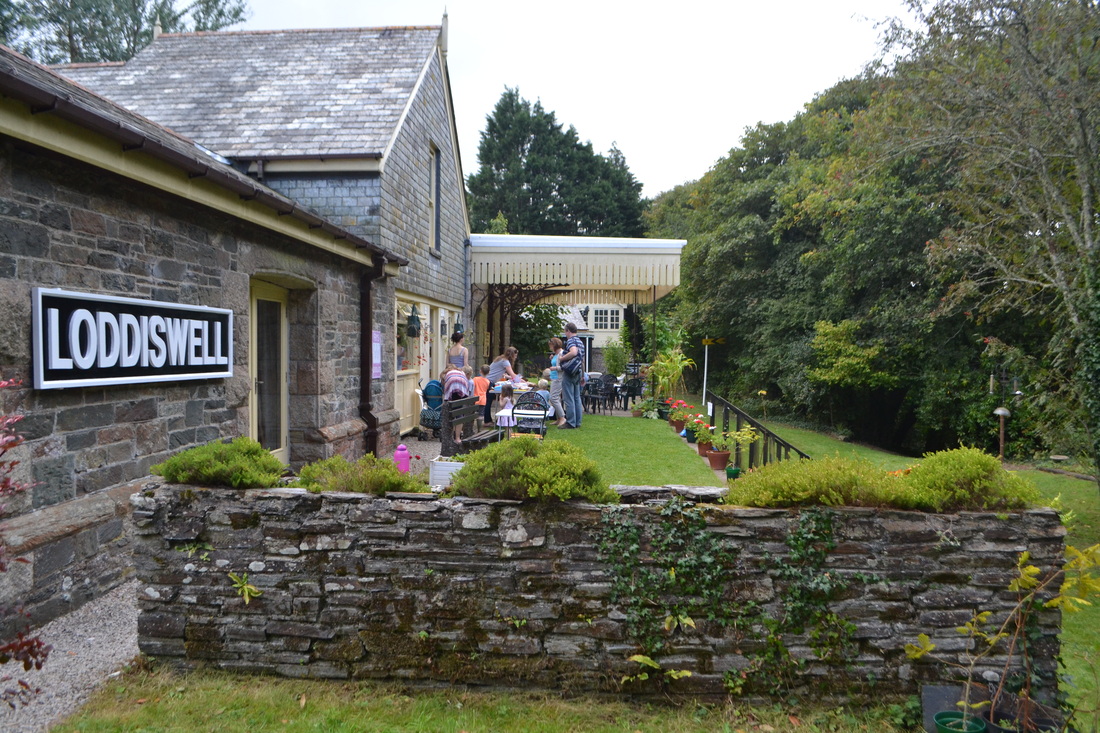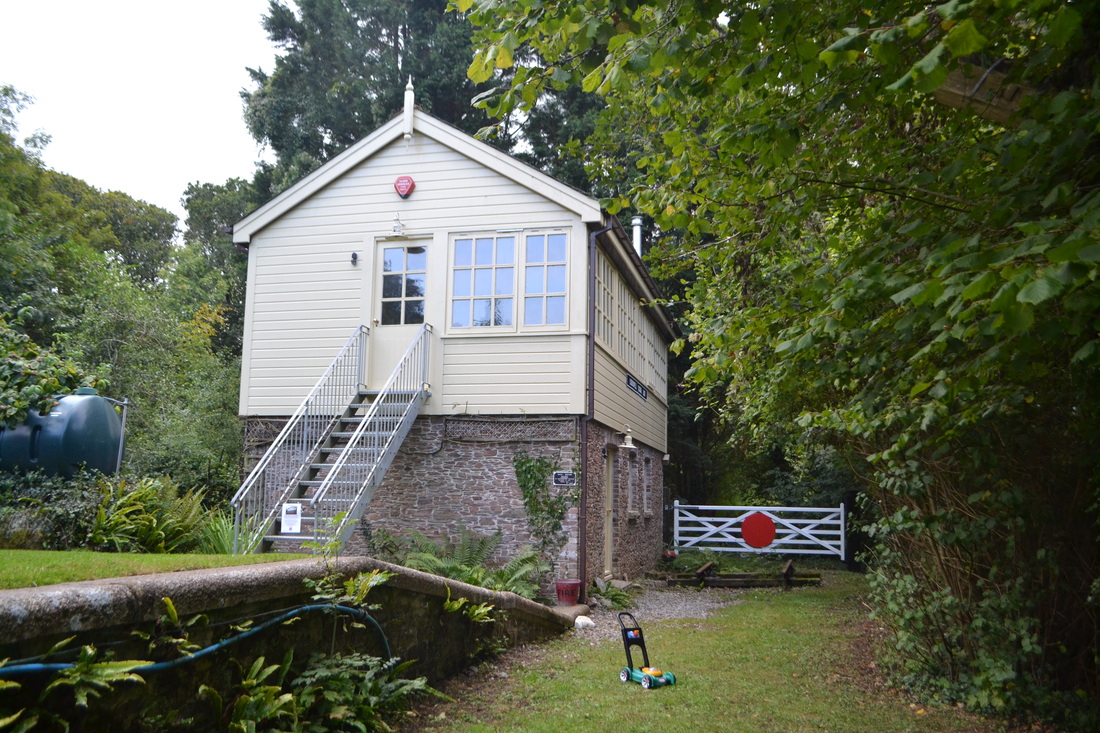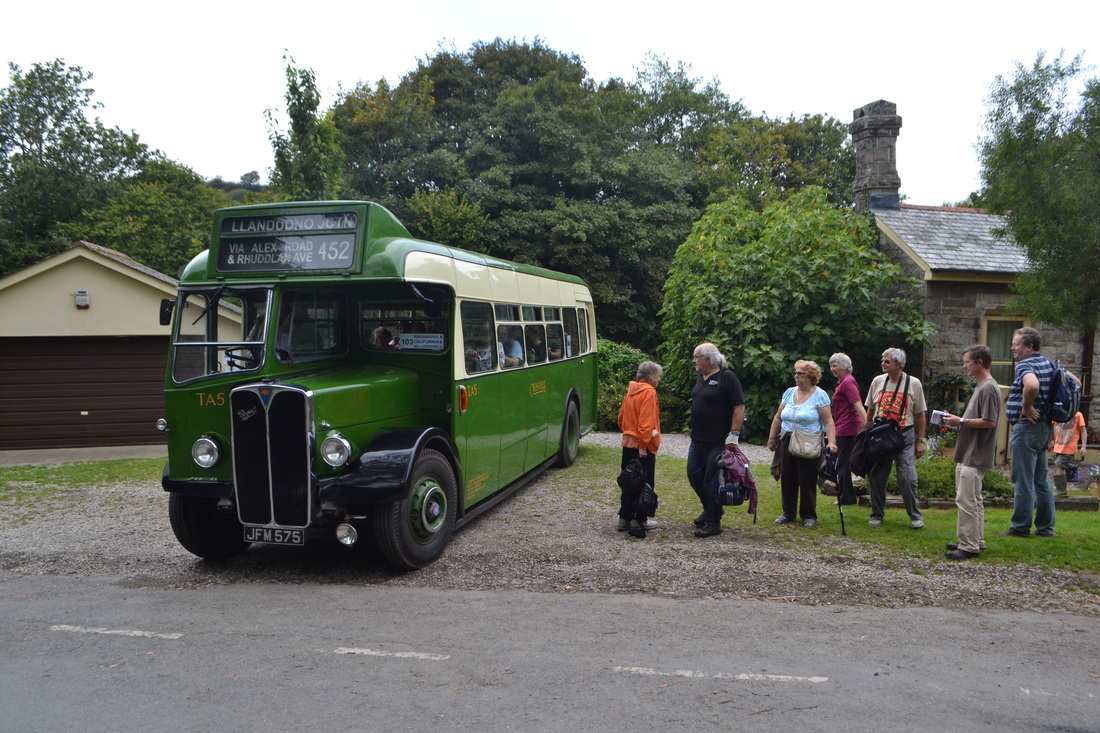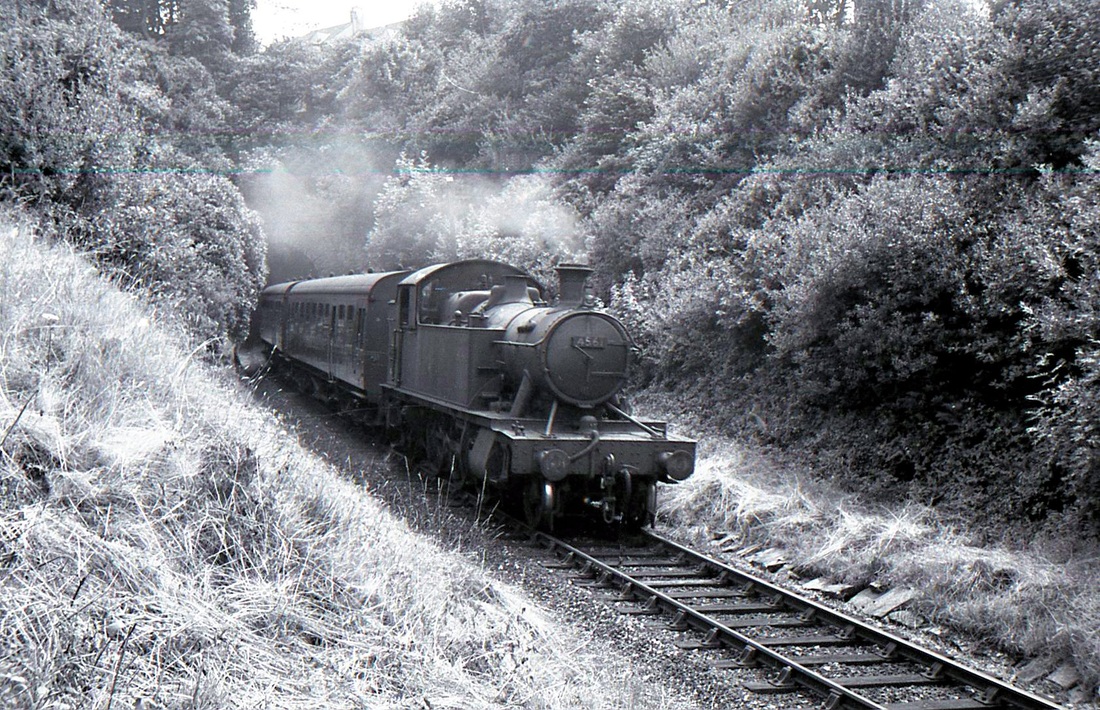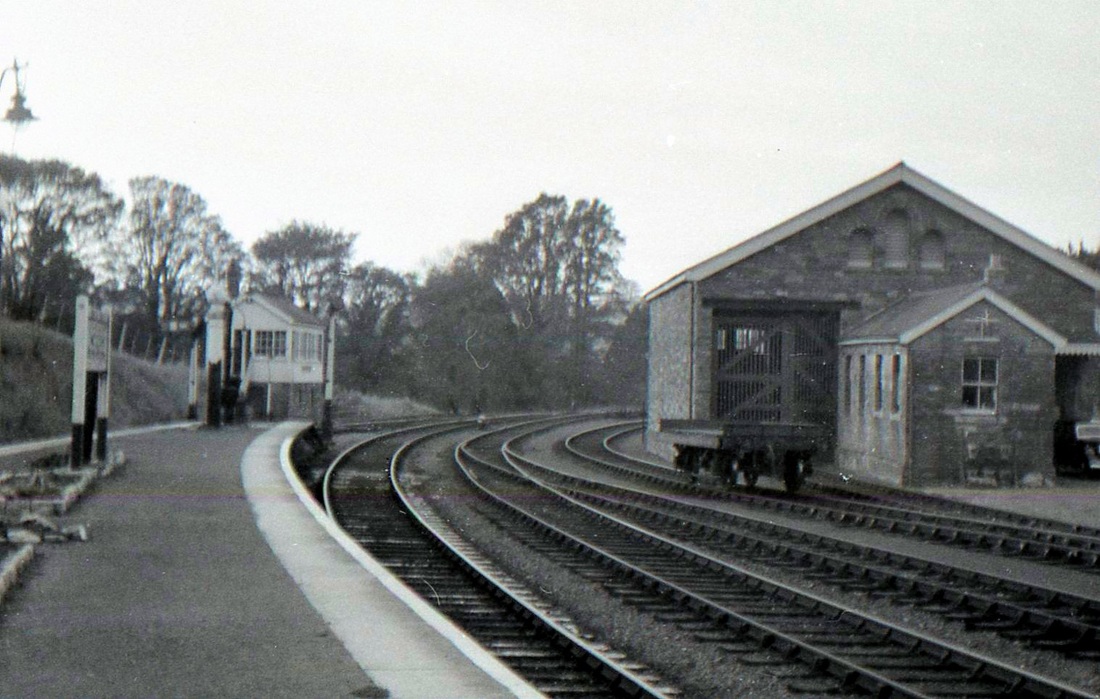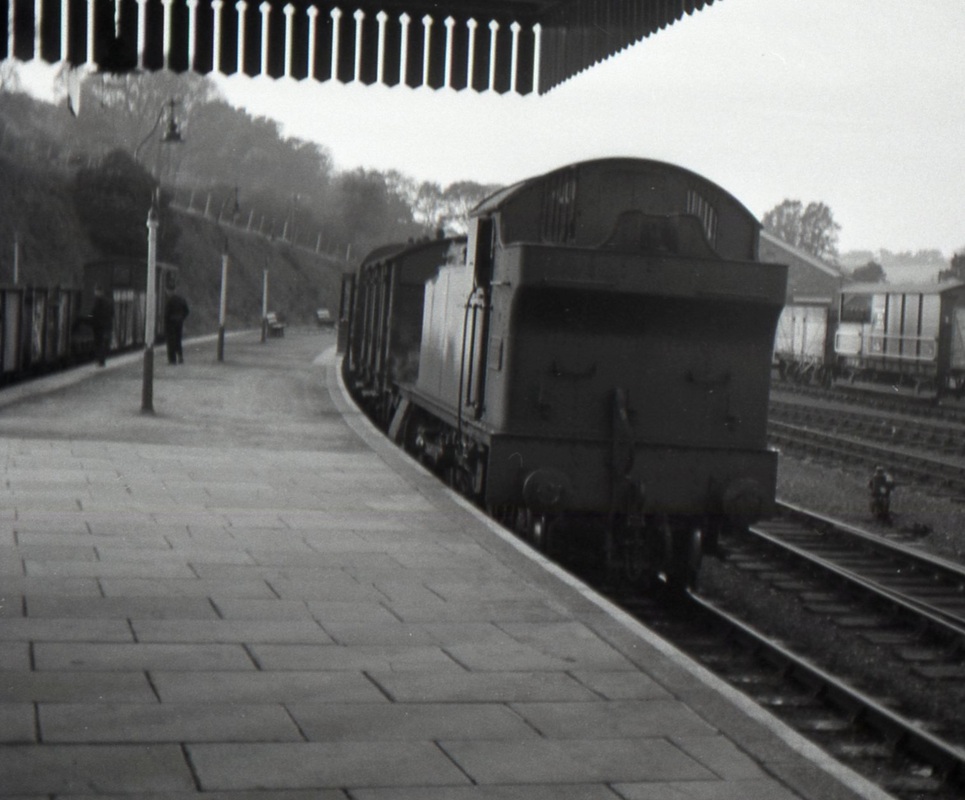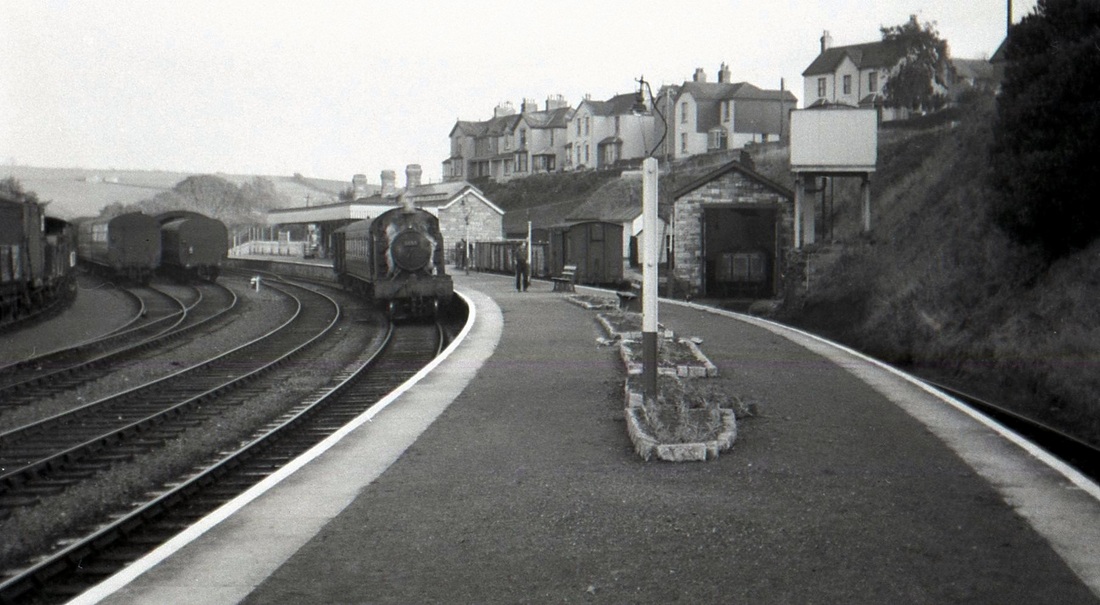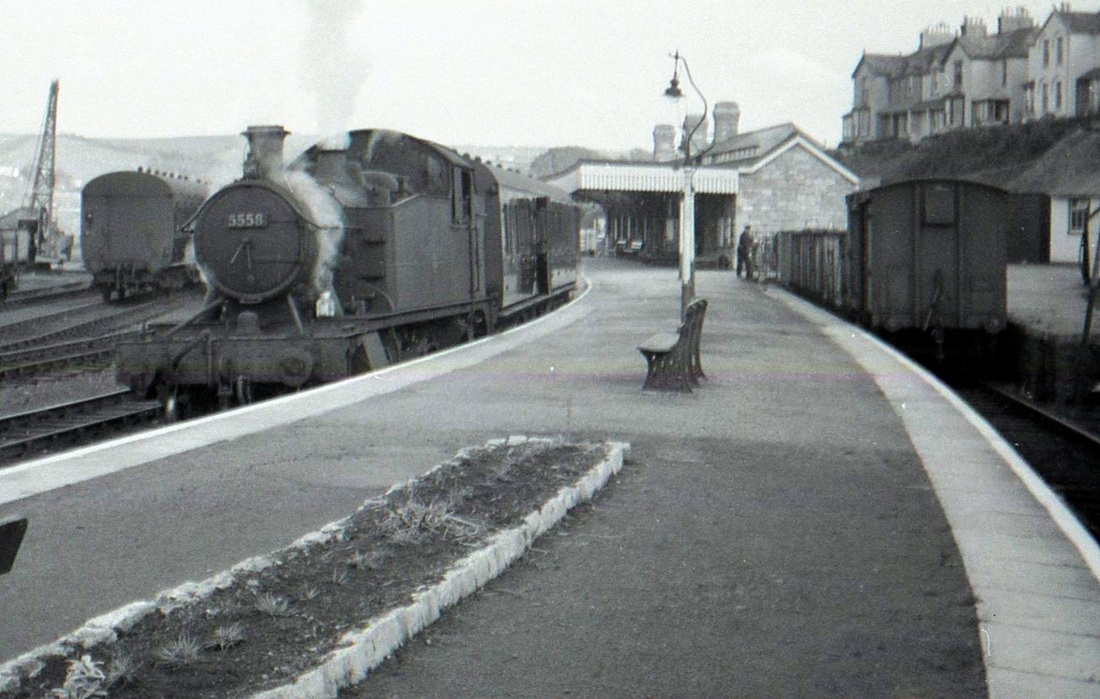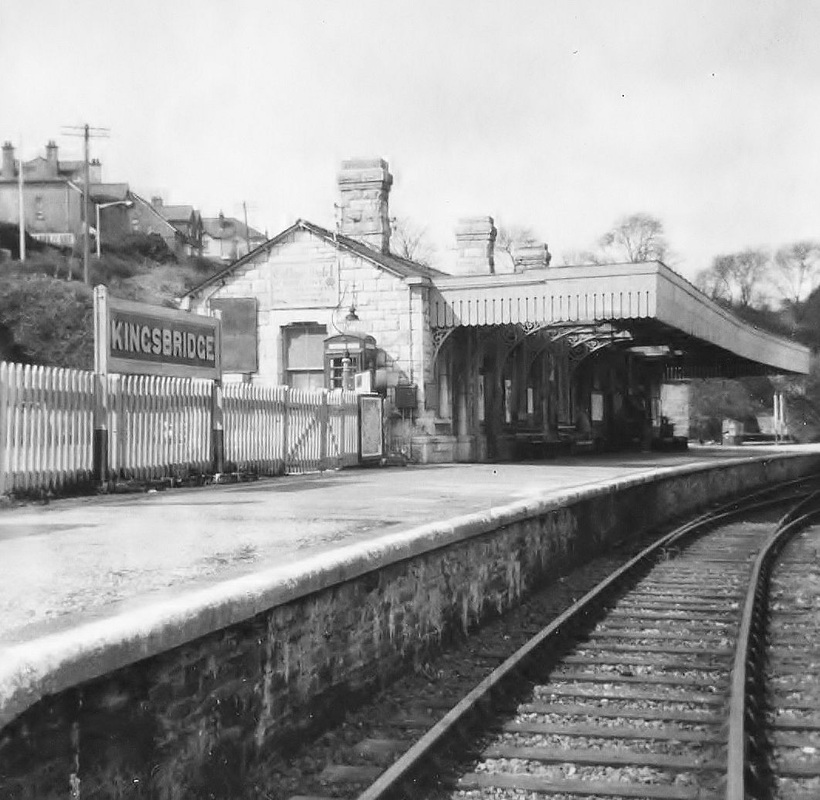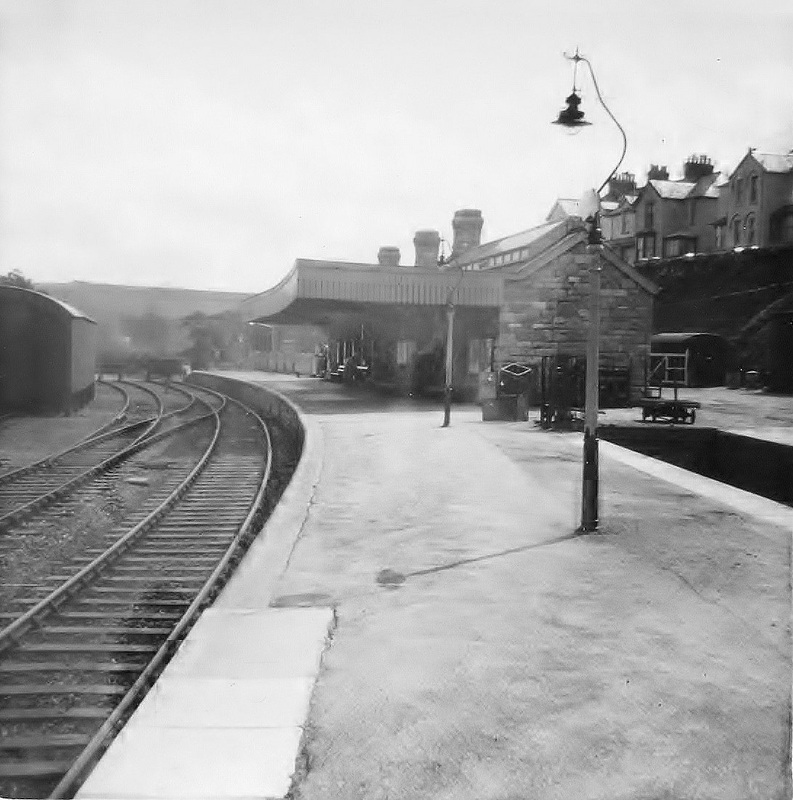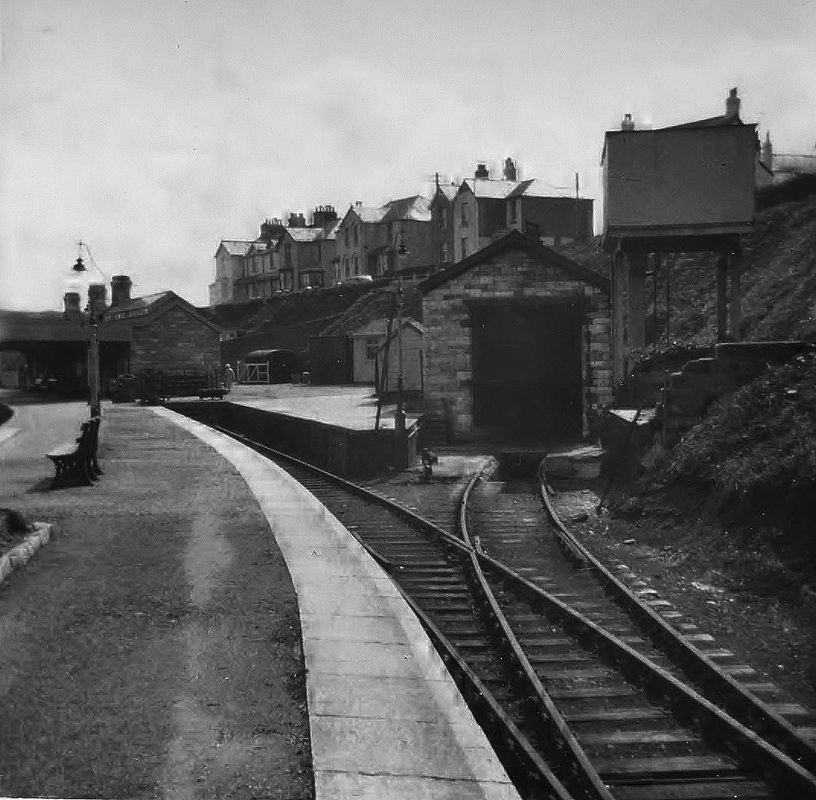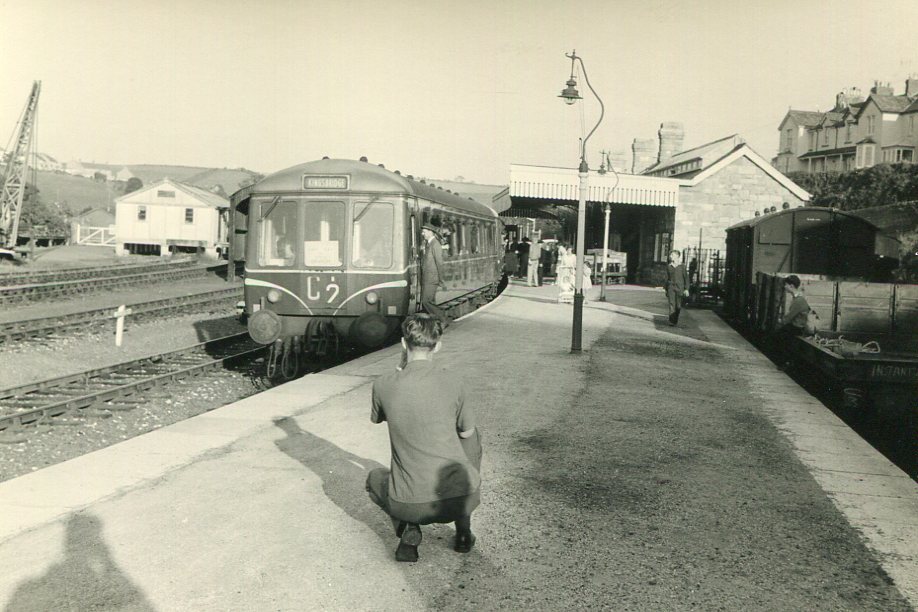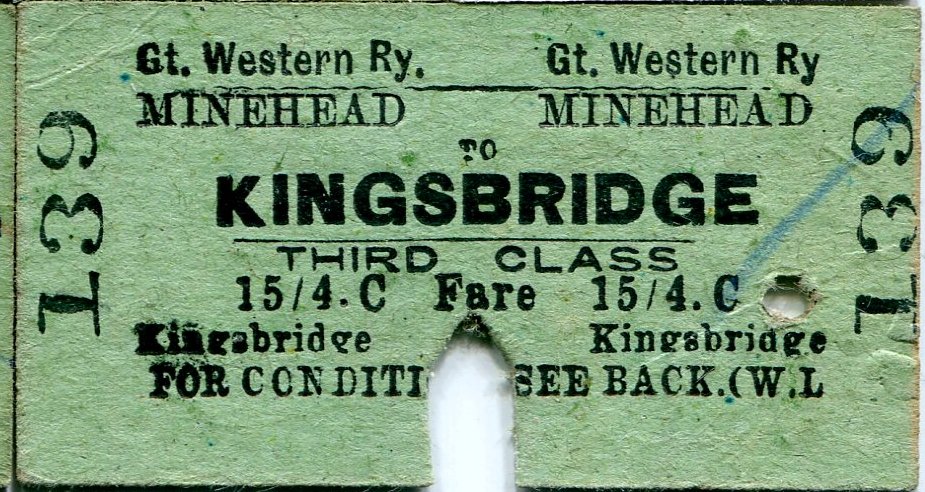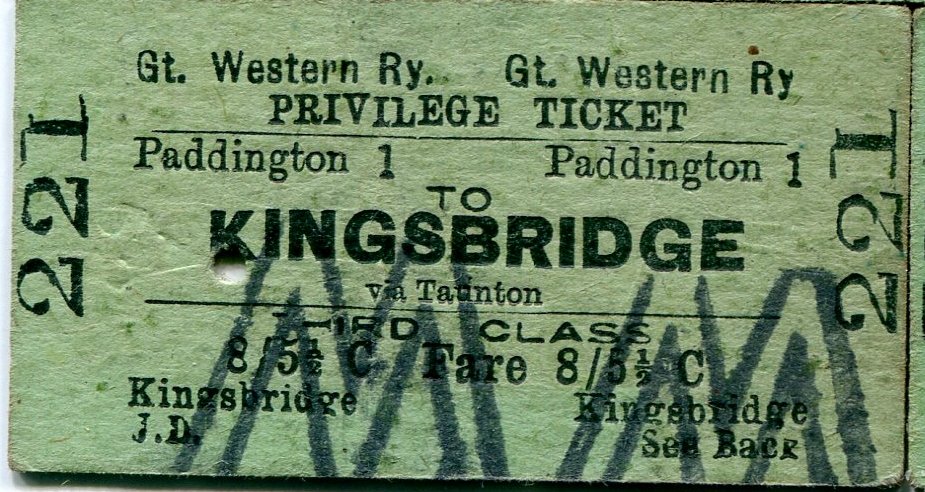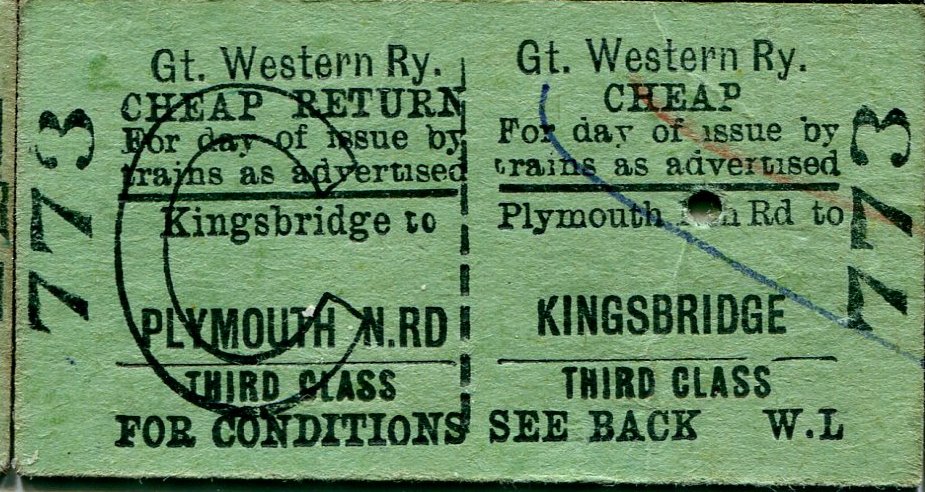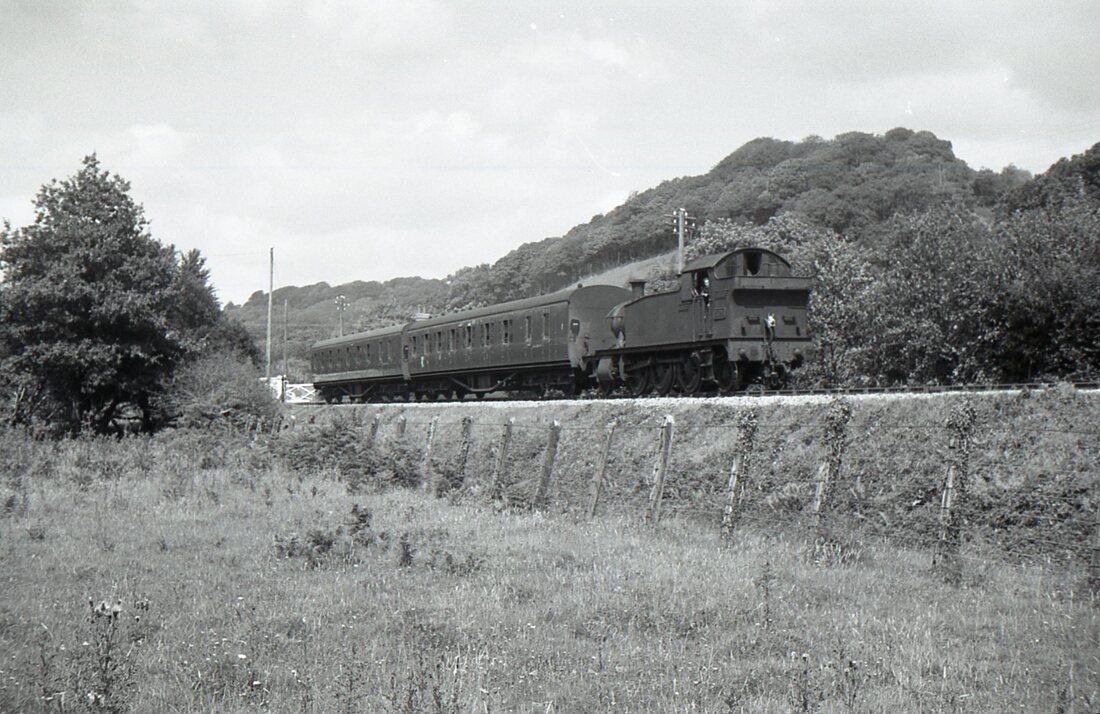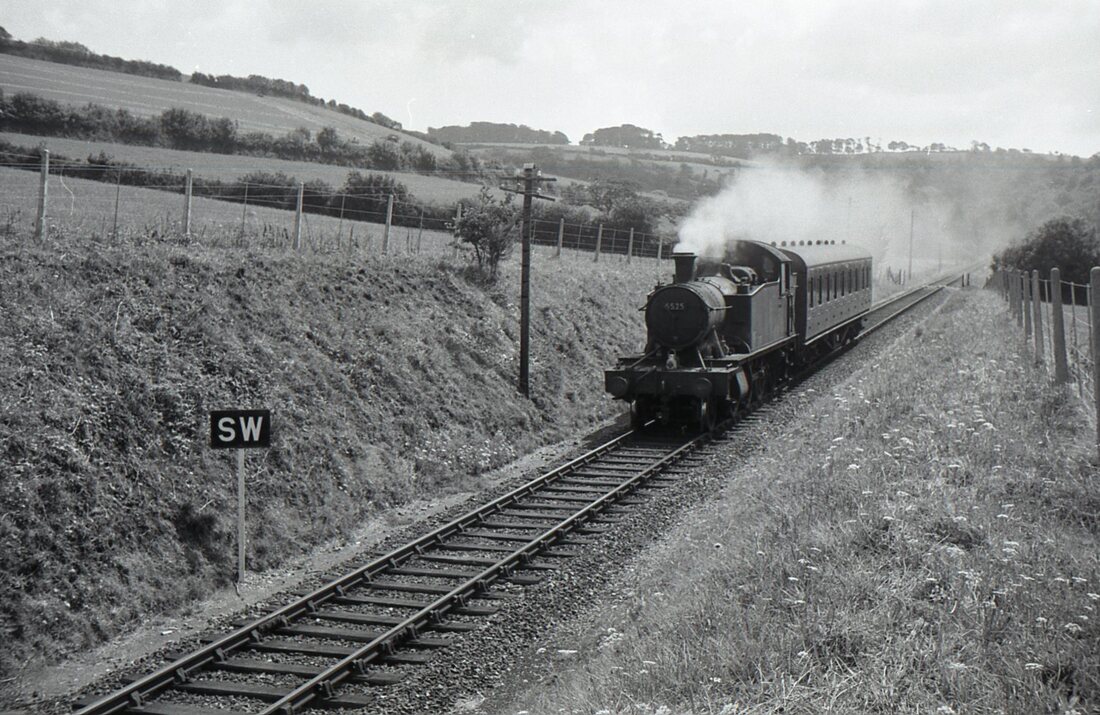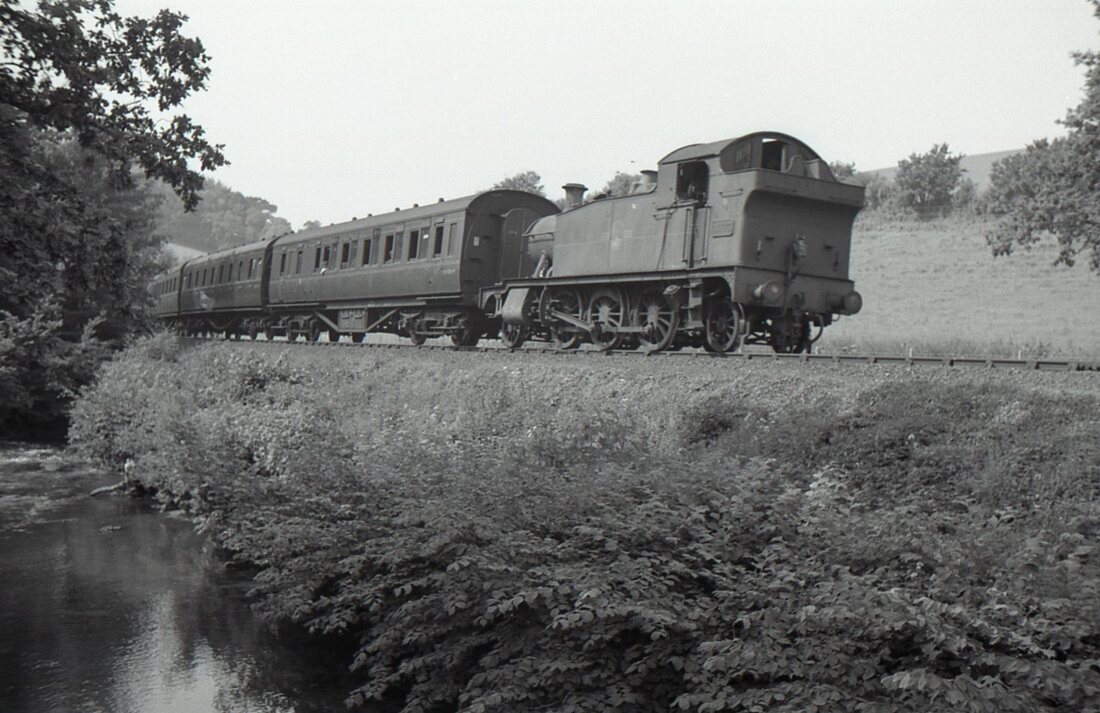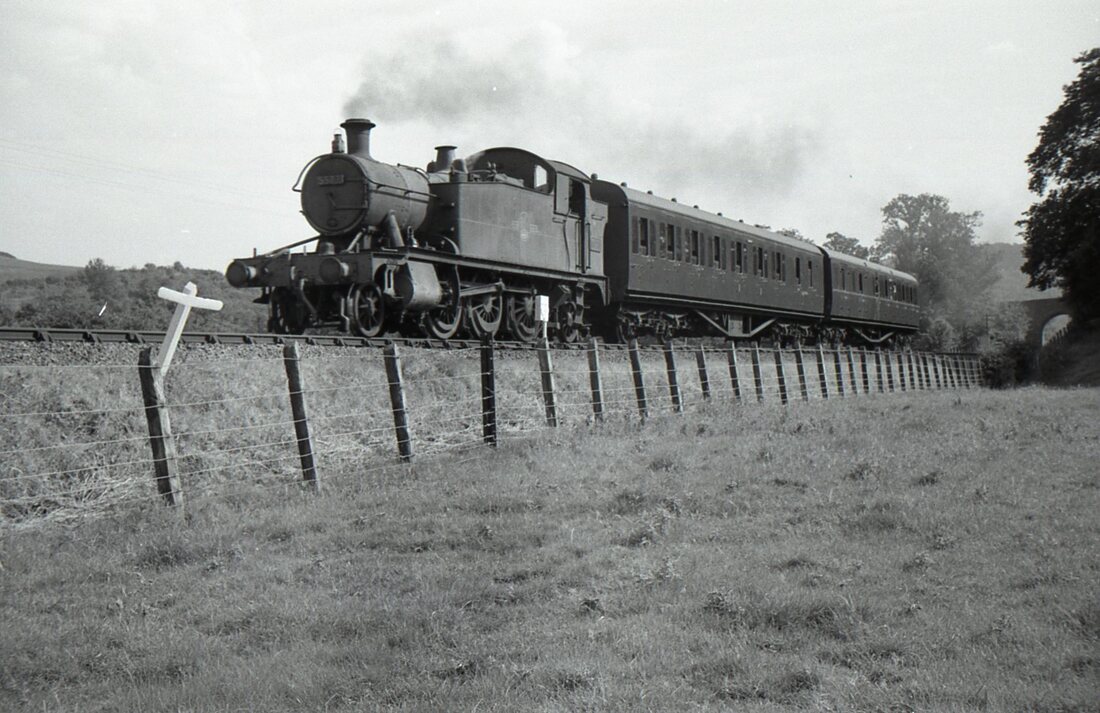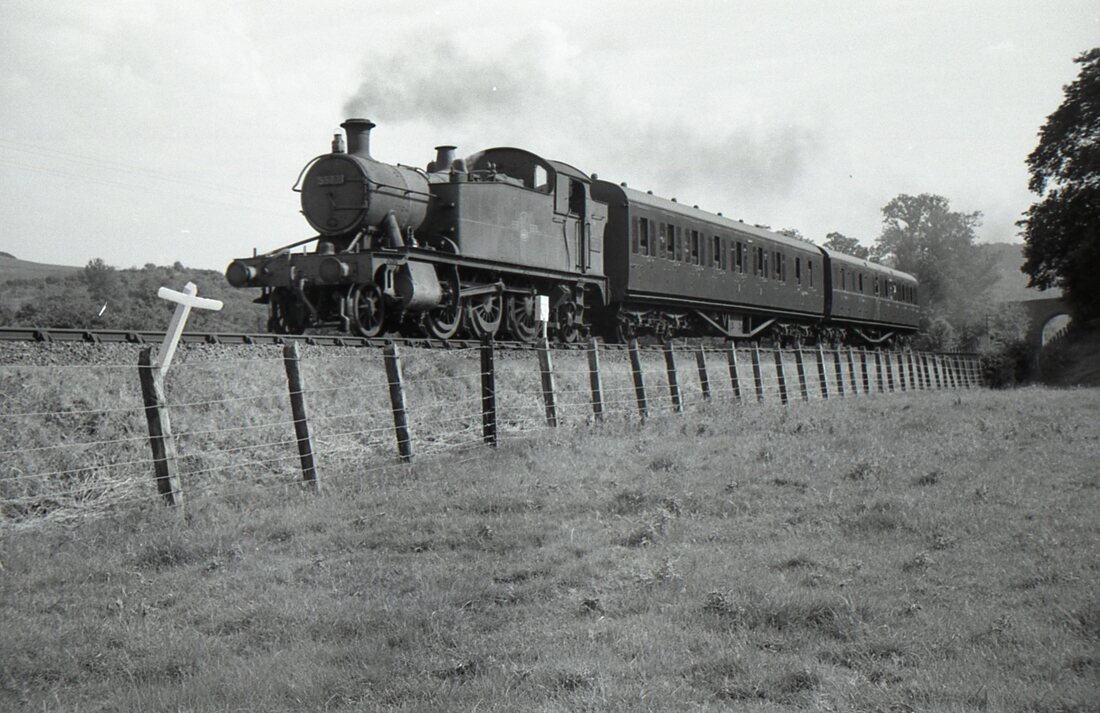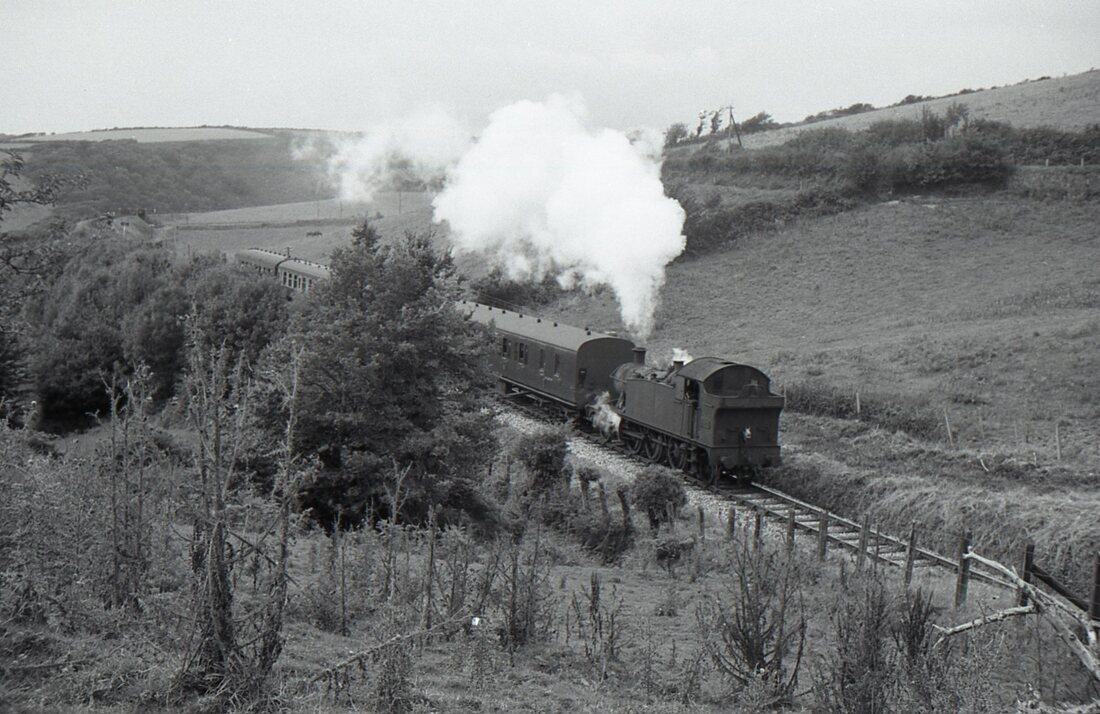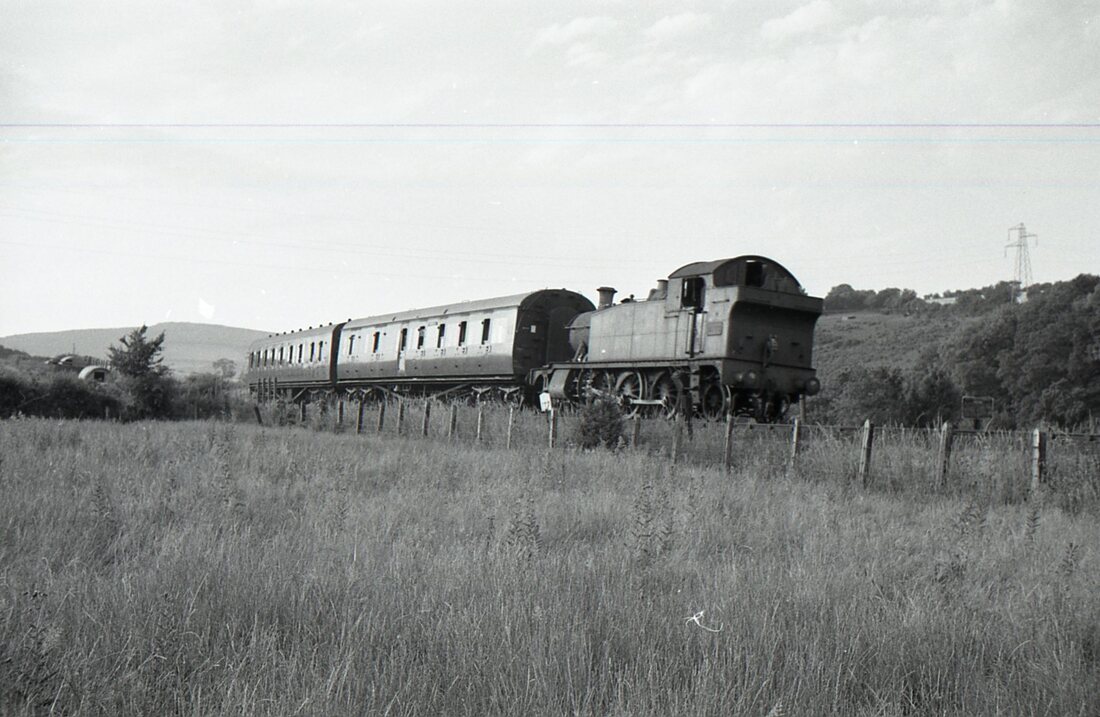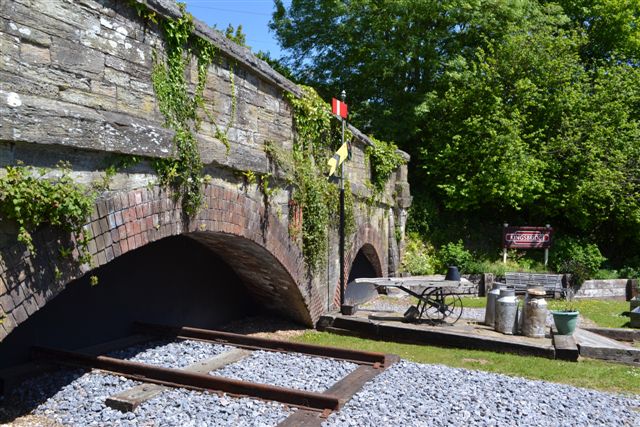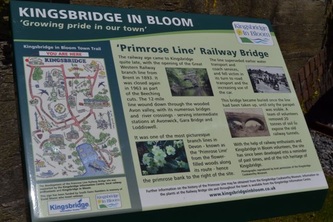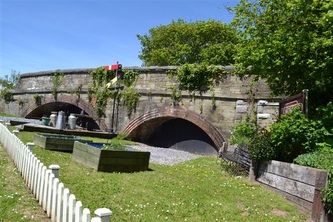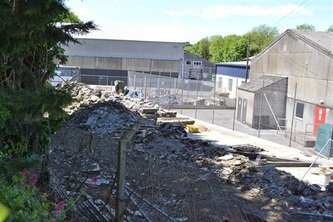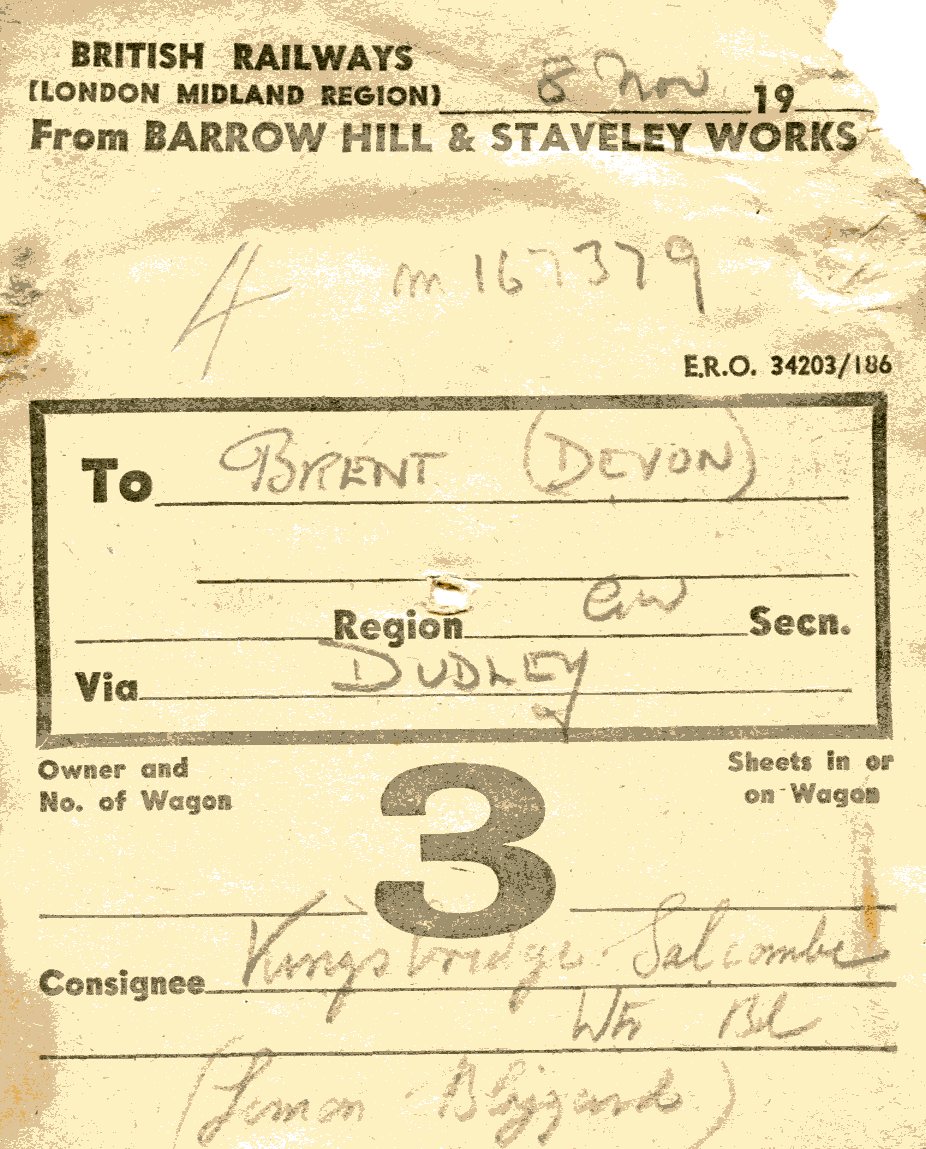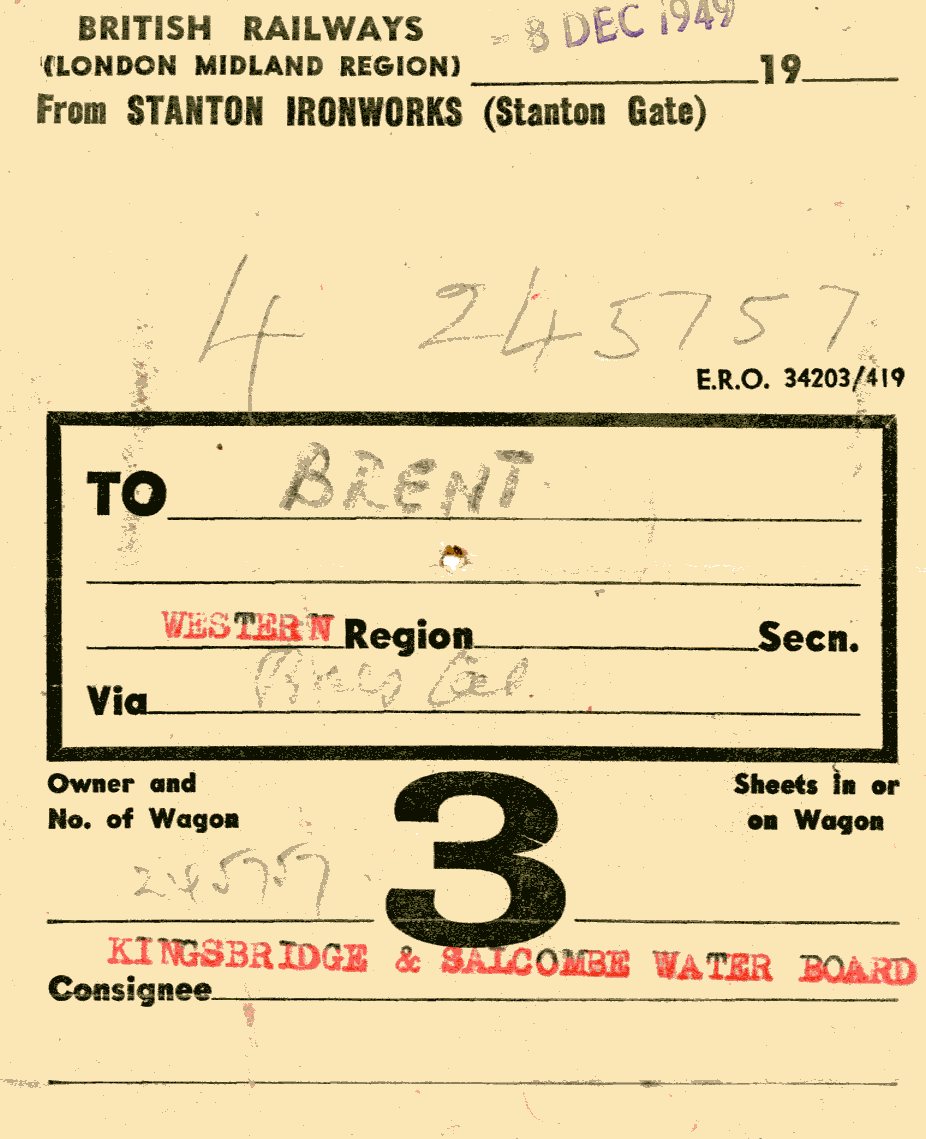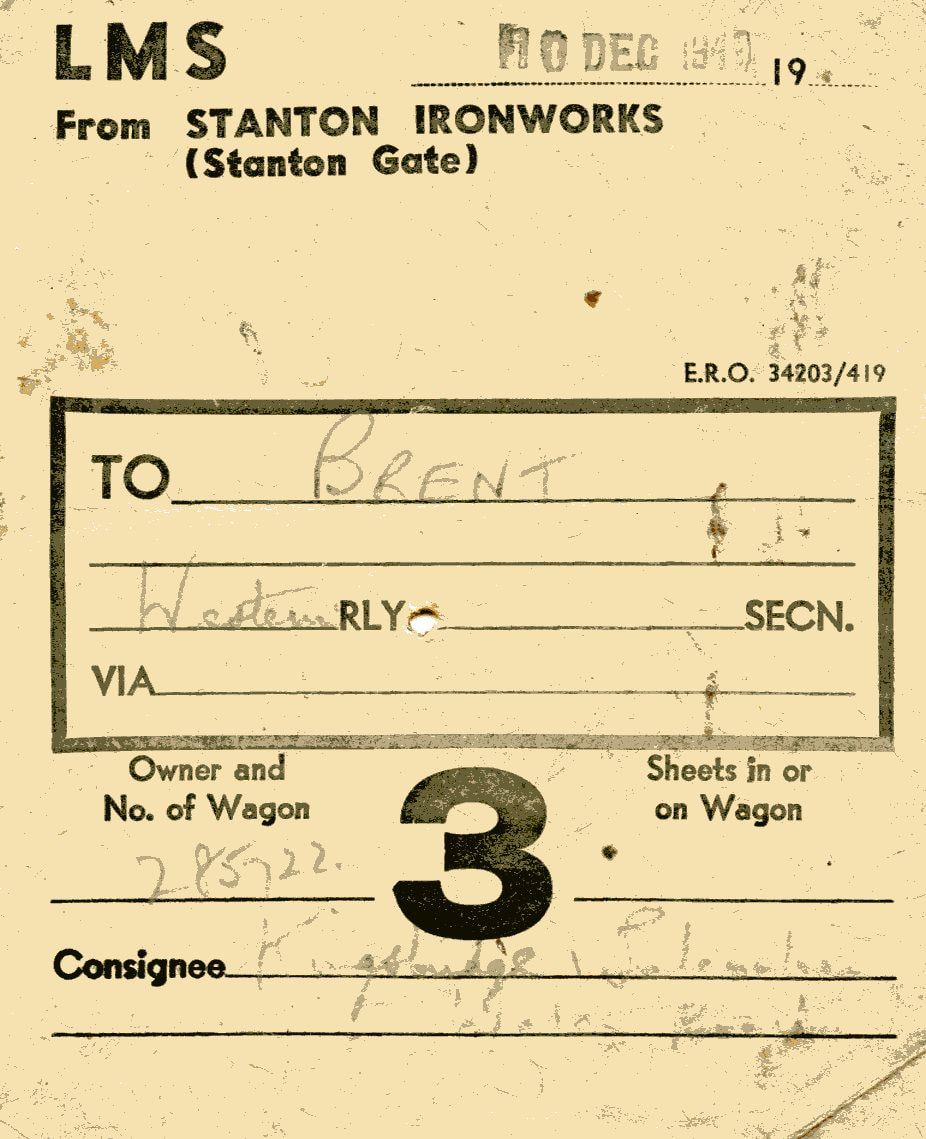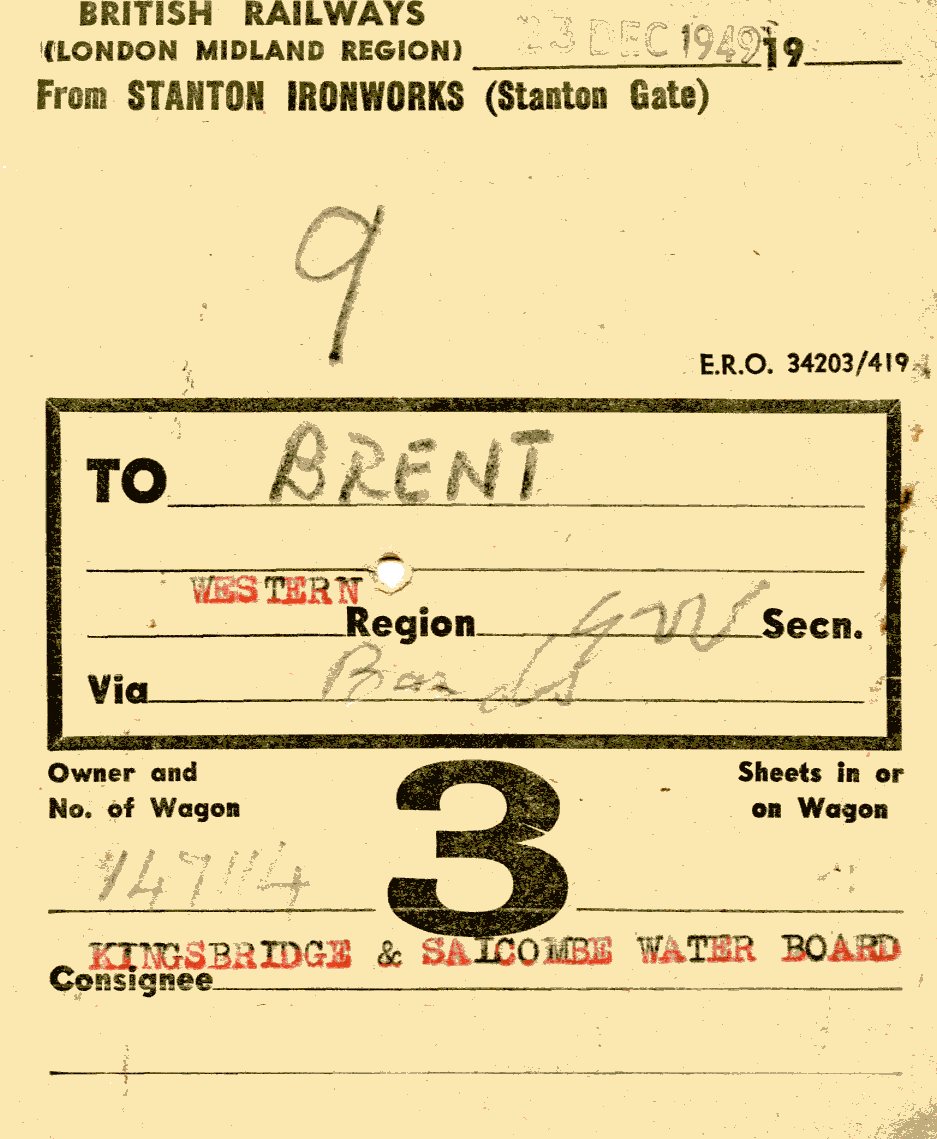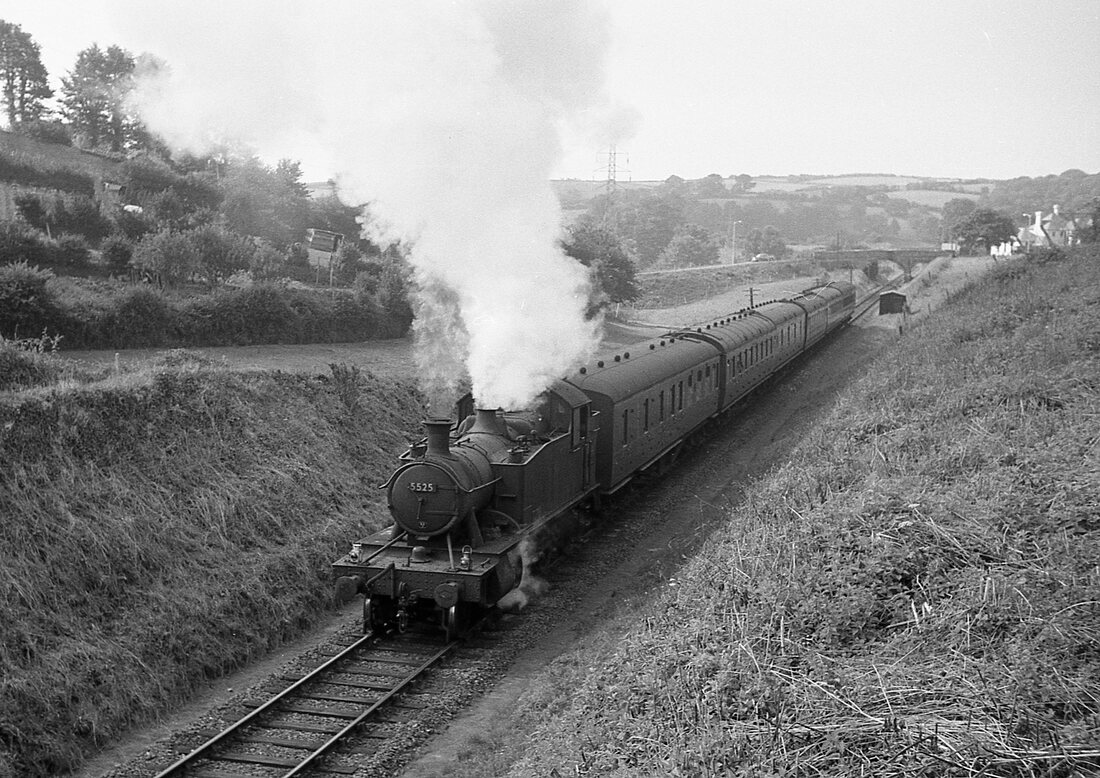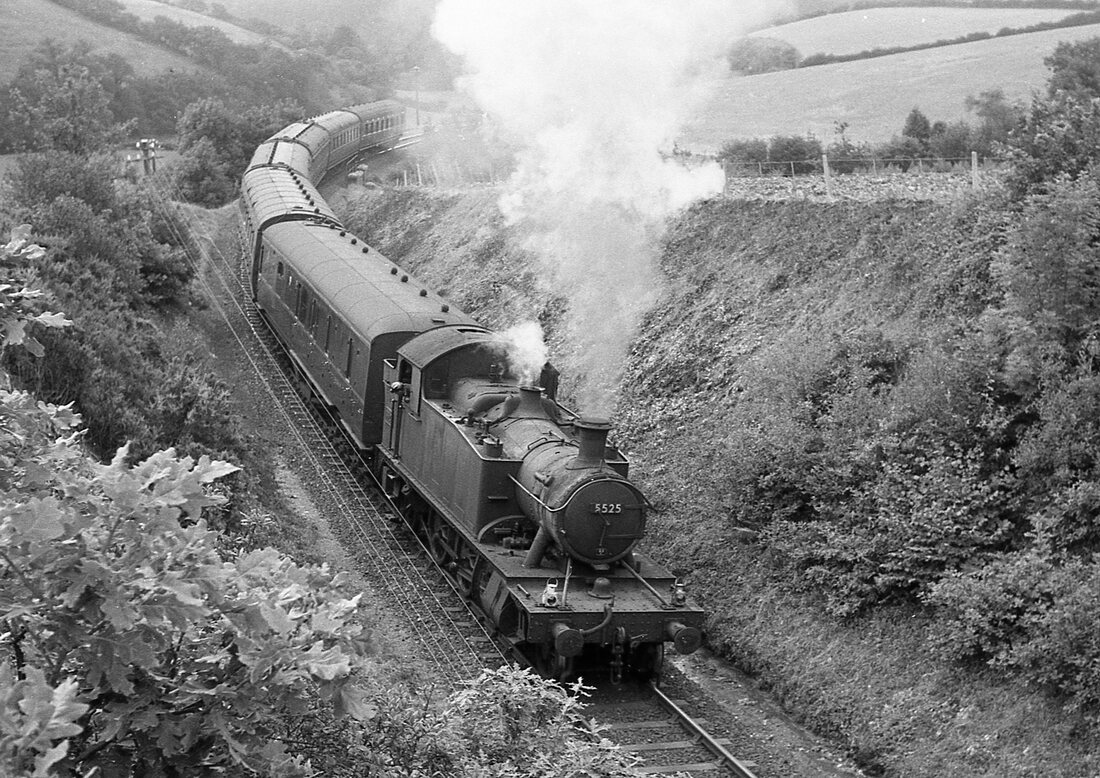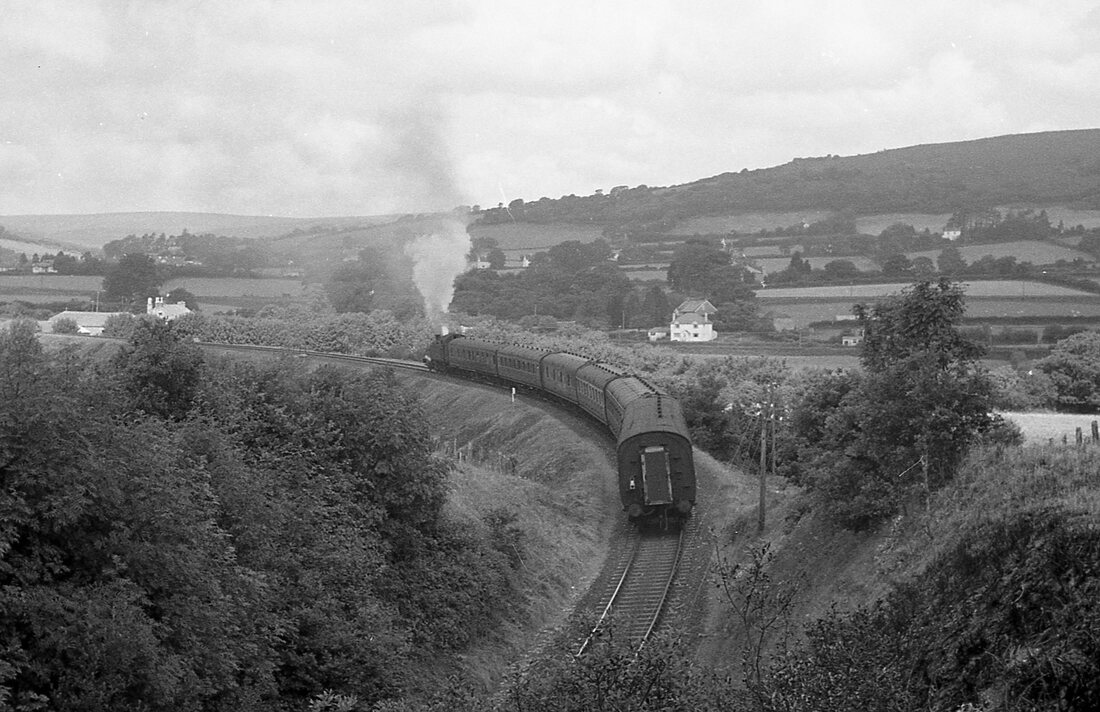Kingsbridge Branch
Credits, Many thanks to all contributors - please see a list on the home page.
USEFUL MAPS
Members and general visitors to the CRS site will be interested in visiting http://www.railmaponline.com From the opening page a full map of the UK can be accessed which can then be enlarged to show every railway line in the UK. Not just today's network but lines from the past have been overlaid. As you zoom in sidings and even tramways become visible.
A valuable tip from Guy Vincent.
Members and general visitors to the CRS site will be interested in visiting http://www.railmaponline.com From the opening page a full map of the UK can be accessed which can then be enlarged to show every railway line in the UK. Not just today's network but lines from the past have been overlaid. As you zoom in sidings and even tramways become visible.
A valuable tip from Guy Vincent.
Amazing Video of the Kingsbridge Branch
Ross Griffiths writes in :-
I just stumbled across a wonderful video on YouTube which has colour footage of Brent, Gara Bridge, Loddiswell and Kingsbridge stations - I couldn't find it listed on the CRS site so thought I'd share:
https://youtu.be/7cyq0RRyENM
All the best, Ross. Many thanks Ross - excellent material
Ross Griffiths writes in :-
I just stumbled across a wonderful video on YouTube which has colour footage of Brent, Gara Bridge, Loddiswell and Kingsbridge stations - I couldn't find it listed on the CRS site so thought I'd share:
https://youtu.be/7cyq0RRyENM
All the best, Ross. Many thanks Ross - excellent material
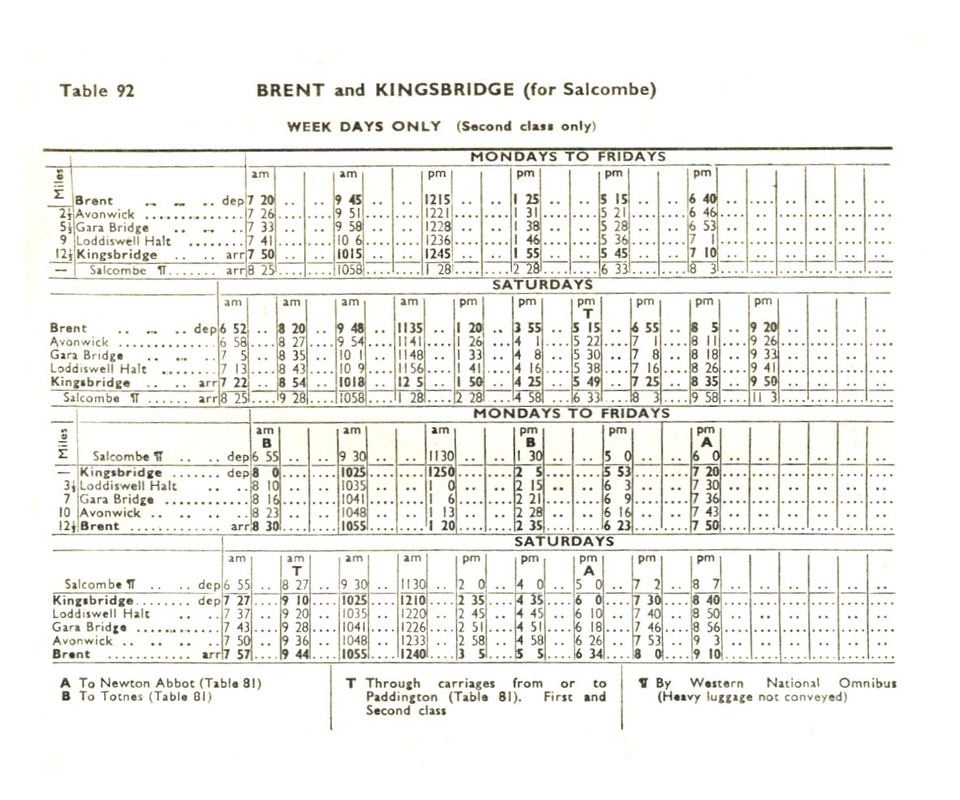
The timetable for the last week of operation of the Kingsbridge branch. For some strange reason * it appears that although the summer timetable ceased operation for the rest of the Western Region that the branch closure was delayed by one week into the winter period and a summer service was operated for that last week! Timetable from the Mike Roach collection. * Charles Fennamore tells us that Kingsbridge failed to close at the end of the summer timetable because of problems with the bus licences.
** Please see the notices below.
** Hello Roger
With reference to the first page on the C.R.S. website, there was nothing sinister or disorganised about the “delayed” closure date of the Kingsbridge Branch. The reason for the extra week beyond the end of the Summer 1963 service was because the Western National winter bus schedules were introduced on the following weekend, which included the linking of the 105 Salcombe – Kingsbridge and 106 Kingsbridge – Totnes routes as the 105 throughout, also the deviation of some journeys on the 103 Loddiswell route via Loddiswell Station, and school journeys required between (South) Brent and Totnes on the 128 Plymouth – Torquay route, previously provided by train (8am from Kingsbridge and the 4.15pm from Totnes).
The only printed reference was the attached circular and staff were asked to draw this to the attention of passengers on notice boards. There were no goods trains during that extra week. One of the Kingsbridge signalmen saved his copy for me which was of equal importance to riding on the last train. A friend who lived in South Brent gave me a lift back to home in Kingsbridge.
Hope you are well and keeping clear of Covid-19
Stay safe! Bryan Gibson. - Note from Bryan Gibson dated 31st May 2020
Many thanks to Bryan Gibson for this additional material.
Freight for the Kingsbridge Branch. Please see an extensive article at the very end of this section. Many thanks to Mike Roach for this. Also an article written by Mike to commemorate heavy passenger trains - through to Paddington 60 years ago on the branch
Brent
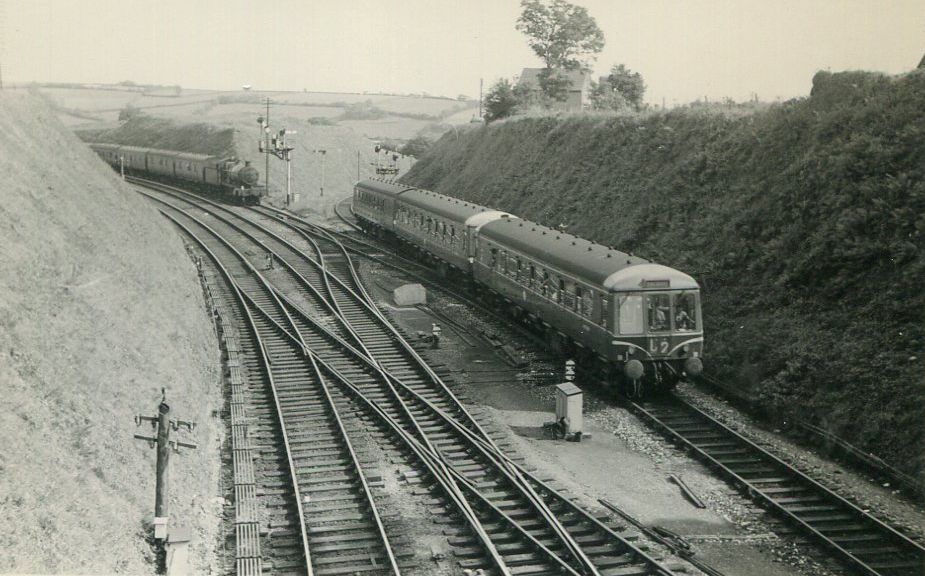
Two for the price of one, a bubble car leads a two car set off the Kingsbridge branch and into Brent station and at the same time a parcels train headed by 5954 gets the board to pull out of the down loop, a fascinating study of activity caught by Mike Roach. In view of the fact that the last trains ran on the Kingsbridge branch on Saturday 14th September 1963 and that the branch train has been strengthened to three coaches would appear to fix the date. Copyright.
Avonwick
As can be seen, when we arrived on a minibus trip in 1975 we found Avonwick being turned into a very acceptable dwelling.
ANTHACITE to AVONWICK
ANTHACITE to AVONWICK Michael L. Roach
On 12 October 1949 a wagonload of the best Welsh Anthracite was dispatched from Swansea to the little country station of Avonwick in Devon on the Kingsbridge Branch. This was quite unremarkable at the time because thousands of such wagons would have been dispatched every day from collieries all over Britain to thousands of goods yards all over the newly nationalised British Railways. Anthracite is still mined in Wales in open-cast pits, but not from deep shaft mines. We know a bit about this particular wagonload of coal because the wagon label has survived the 70 years in between 1949 and 2019. In the 1940s and 1950s coal, burnt in open grates, would have been the main form of heating your home; supplemented by an electric fire or a paraffin heater for shorter durations. The last two would have been moved around from room to room as necessary. At decimalisation in February 1971 the price of electricity was one old pence per unit (one kilowatt hour). There were 240 pence in a pound so you could use your one bar fire for 240 hours at a cost of one pound. My electrictity bill arrived today and shows a cost of 18.440p per kWh from 5 October 2019. This is 44d per unit.
It can be seen from the attached scan that this is not a standard BR or GWR wagon label but came from someone or some firm called Rose Richards Ltd of Swansea. This suggests to me that when the wagon left the colliery no-one knew exactly where the coal was destined for and that the wagon was probably tripped to holding sidings in the Swansea area until a buyer was found for the coal. The wagon was sent to Hawke & Hawke at Avonwick Station. Although I have many wagon labels from Avonwick this is the only wagon destined for Hawke & Hawke. I do have other wagons of coal arriving at the station but they are destined for the Station Master to heat the station buildings, and they came from a different colliery every time, which was about twice a year. The Kelly's Directory for 1930 lists Hawke & Hawke as coal merchants under the village of Avonwick. In 1939 there was a Frederick Hawke (born 9 June 1891) living at Rock Park, South Brent who gave his occupation as Miller and coal & corn merchant; was he one half of Hawke & Hawke ?
The coal in the wagon came from Yniscu Anthracite Colliery which was situated at grid reference SN 7753 0838. The site was alongside the former Swansea Vale and Neath & Brecon Junction Railway branch from Colbren Junction to Ynysgeinon Junction which carried Midland Railway and later LMS passenger trains between Swansea and Hereford until the passenger trains were diverted to an alternative route in 1932 and operated by the Great Western Railway from then on. The colliery previously went by various names including Daren Colliery which can be found on old Ordnance Survey maps just east of the Ystalyfera Iron & Tinplate Works. The firm of T P Rose Richards were coal exporters and coal factors matching loads with buyers, and its interesting to note that the wagon was numbered NE 224440 which means it possibly dated to before 1923. The label is an interesting survivor from the days when coal was king.
Scan attached: 2820
MLR/10 October 2019
On 12 October 1949 a wagonload of the best Welsh Anthracite was dispatched from Swansea to the little country station of Avonwick in Devon on the Kingsbridge Branch. This was quite unremarkable at the time because thousands of such wagons would have been dispatched every day from collieries all over Britain to thousands of goods yards all over the newly nationalised British Railways. Anthracite is still mined in Wales in open-cast pits, but not from deep shaft mines. We know a bit about this particular wagonload of coal because the wagon label has survived the 70 years in between 1949 and 2019. In the 1940s and 1950s coal, burnt in open grates, would have been the main form of heating your home; supplemented by an electric fire or a paraffin heater for shorter durations. The last two would have been moved around from room to room as necessary. At decimalisation in February 1971 the price of electricity was one old pence per unit (one kilowatt hour). There were 240 pence in a pound so you could use your one bar fire for 240 hours at a cost of one pound. My electrictity bill arrived today and shows a cost of 18.440p per kWh from 5 October 2019. This is 44d per unit.
It can be seen from the attached scan that this is not a standard BR or GWR wagon label but came from someone or some firm called Rose Richards Ltd of Swansea. This suggests to me that when the wagon left the colliery no-one knew exactly where the coal was destined for and that the wagon was probably tripped to holding sidings in the Swansea area until a buyer was found for the coal. The wagon was sent to Hawke & Hawke at Avonwick Station. Although I have many wagon labels from Avonwick this is the only wagon destined for Hawke & Hawke. I do have other wagons of coal arriving at the station but they are destined for the Station Master to heat the station buildings, and they came from a different colliery every time, which was about twice a year. The Kelly's Directory for 1930 lists Hawke & Hawke as coal merchants under the village of Avonwick. In 1939 there was a Frederick Hawke (born 9 June 1891) living at Rock Park, South Brent who gave his occupation as Miller and coal & corn merchant; was he one half of Hawke & Hawke ?
The coal in the wagon came from Yniscu Anthracite Colliery which was situated at grid reference SN 7753 0838. The site was alongside the former Swansea Vale and Neath & Brecon Junction Railway branch from Colbren Junction to Ynysgeinon Junction which carried Midland Railway and later LMS passenger trains between Swansea and Hereford until the passenger trains were diverted to an alternative route in 1932 and operated by the Great Western Railway from then on. The colliery previously went by various names including Daren Colliery which can be found on old Ordnance Survey maps just east of the Ystalyfera Iron & Tinplate Works. The firm of T P Rose Richards were coal exporters and coal factors matching loads with buyers, and its interesting to note that the wagon was numbered NE 224440 which means it possibly dated to before 1923. The label is an interesting survivor from the days when coal was king.
Scan attached: 2820
MLR/10 October 2019
Colin Burges adds a further interesting note ref the Wagon Label above.
The large "1" in red superimposed on Mike Roach's wagon label was part of the Great Western's simplified method of reckoning up train loads based on equivalence, not tonnage.
Class 1 traffic weighed 16 tons; class 2, 13 tons, class 3, 10 tons and empties, 6 tons. Never having used the system, and never having found much written about it, I am not sure how it worked. If the load for a particular class of engine over a route were say 15 of mineral (class 1), then it would be capable of taking a correspondingly greater number of the lighter traffics. Quite how this was done with a mix of classes and non-standard wagons, I do not know. I must search out the answer. Or perhaps a member can inform us.
This rough and ready system contrasted with that adopted in the 1970s based on the principle that still for some reason is stuck in my mind, although I confess I am here quoting it from the "Working Manual for Rail Staff," the contents of which governed the operation of a general purpose railway that has now ceased to exist, and instructed for example how to fold a sheet, tie a clove hitch and use chain shackles.
"Large heavily-loaded wagons when in motion generate little more wind-resistance and friction than small lightly-loaded ones. A locomotive is therefore capable of hauling a heavier train than the basic if its load is concentrated."
Basic and maximum loads were issued for every loco and route. Between the two, a diminishing number of wagons could be taken, concentrating the load. The simplest example is a load of 250/280 tonnes. The lower could be taken in 15 wagons or more; the higher in 10 wagons or fewer. The return clay empties with 50 or so on would be limited by length, not weight, even if the loops had greater capacity. It was all highly theoretical and was long ago dropped in favour of plain tonnage, suited to the high capacity vehicles with roller bearings of today.
It all went out of the window, anyway, when the driver booked to work the last two trains of the day from Meldon with a thousand, would ask if he could bring them both at once so he could knock off early. The only rise, at North Tawton, could be easily topped, and the only other limitation was the length of Cowley Loop. Or was it Crediton?
A driver once insisted that he could ask for a heavier train than permitted. Actually, the rule is that a driver can insist upon taking less if he feels that his engine is not capable for some reason of hauling a full load, but never more.
Cheers, Colin Many thanks Colin
The large "1" in red superimposed on Mike Roach's wagon label was part of the Great Western's simplified method of reckoning up train loads based on equivalence, not tonnage.
Class 1 traffic weighed 16 tons; class 2, 13 tons, class 3, 10 tons and empties, 6 tons. Never having used the system, and never having found much written about it, I am not sure how it worked. If the load for a particular class of engine over a route were say 15 of mineral (class 1), then it would be capable of taking a correspondingly greater number of the lighter traffics. Quite how this was done with a mix of classes and non-standard wagons, I do not know. I must search out the answer. Or perhaps a member can inform us.
This rough and ready system contrasted with that adopted in the 1970s based on the principle that still for some reason is stuck in my mind, although I confess I am here quoting it from the "Working Manual for Rail Staff," the contents of which governed the operation of a general purpose railway that has now ceased to exist, and instructed for example how to fold a sheet, tie a clove hitch and use chain shackles.
"Large heavily-loaded wagons when in motion generate little more wind-resistance and friction than small lightly-loaded ones. A locomotive is therefore capable of hauling a heavier train than the basic if its load is concentrated."
Basic and maximum loads were issued for every loco and route. Between the two, a diminishing number of wagons could be taken, concentrating the load. The simplest example is a load of 250/280 tonnes. The lower could be taken in 15 wagons or more; the higher in 10 wagons or fewer. The return clay empties with 50 or so on would be limited by length, not weight, even if the loops had greater capacity. It was all highly theoretical and was long ago dropped in favour of plain tonnage, suited to the high capacity vehicles with roller bearings of today.
It all went out of the window, anyway, when the driver booked to work the last two trains of the day from Meldon with a thousand, would ask if he could bring them both at once so he could knock off early. The only rise, at North Tawton, could be easily topped, and the only other limitation was the length of Cowley Loop. Or was it Crediton?
A driver once insisted that he could ask for a heavier train than permitted. Actually, the rule is that a driver can insist upon taking less if he feels that his engine is not capable for some reason of hauling a full load, but never more.
Cheers, Colin Many thanks Colin
Mason & Baker were agricultural merchants with their main base at 96 - 100 High Street, Totnes. There was just one loop siding with headshunts each end at Avonwick Station so it probably suited Mason & Baker to have a constant flow of one or two incoming wagons each day. There was also a regular flow of one or two wagons a couple of days a week from Plymouth Cattewater Harbour. Mason & Baker were the main users of Avonwick goods yard, providing about 90% of the business in 1948 and 1949. At the time the country was recovering from World War Two, with petrol and diesel still rationed until May 1950. The goods yard closed on 11 June 1956 when the station became an un-staffed halt.
Regards, Mike. Many thanks Mike - most interesting.
Regards, Mike. Many thanks Mike - most interesting.
Gara Bridge
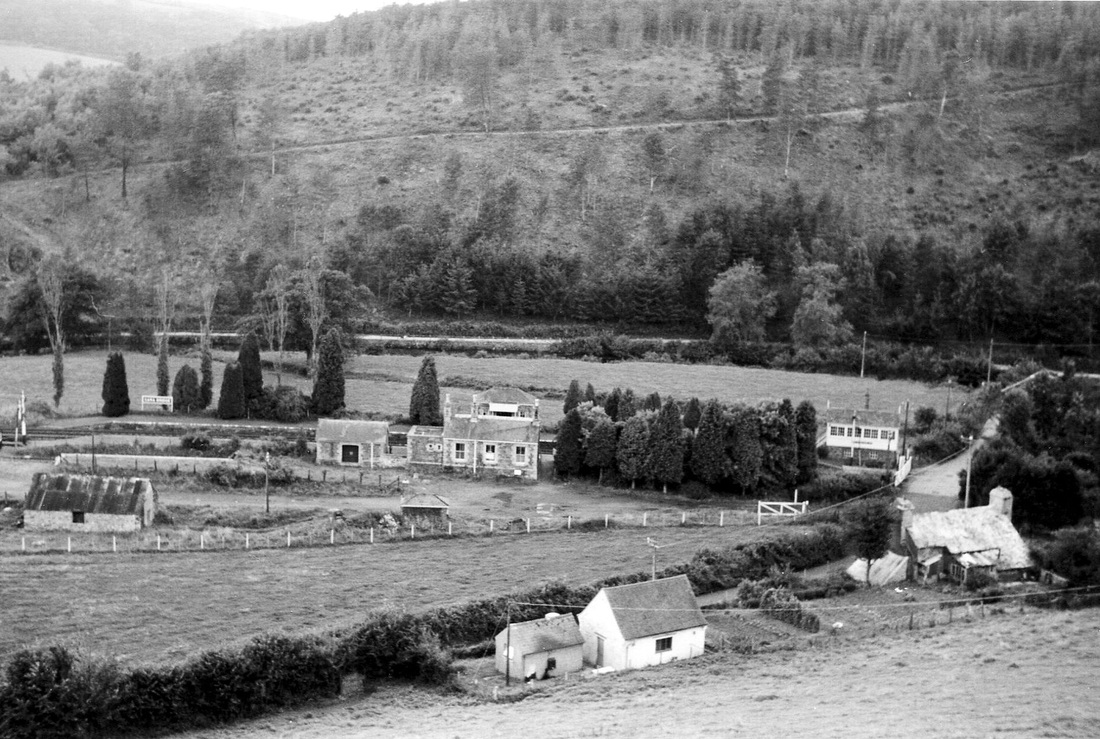
Putting things in perspective. A lovely, almost aerial view, of Gara Bridge station. Not a road vehicle in sight, nice isn't it! The railway followed the course of the River Avon from Avonwick to Loddiswell. The river flows from right to left between the flat field behind the station and the road in the middle distance. Gara Bridge also had a telephone exchange which can be seen in the middle of the picture at the bottom. The exchange had less than 1000 subscribers at this time because Gara Bridge telephone numbers only had three digits. August 1963. Charles Fennamore points out that the fencing bordering the goods yard had been replaced only a short time before this date. Copyright Mike Roach
We were not made all that welcome when we crept in through the level crossing gates at the closed Gara Bridge, we explored, took a few pictures (below) then a voice in no uncertain manner told us to 'buzz off'. We did, quickly.
Dear Keith,
I can't help on personalities, but the buildings are a different matter. Gara Bridge, together with the other stations on the branch (and many around the system) was designed and landscaped by William Clarke. Clarke was employed by the GWR in the later decades of the 19th century. Clarke planted coniferous trees around his stations and clumps of 'Clarke trees' still adorn dozens of station sites (most of them closed, sadly). As built, the exterior of the station would have been painted in the standard GWR 'light and dark stone' and the interior, green (changed to blue some time after 1900).
Clarke's buildings are very attractive.
Roy Hart
I can't help on personalities, but the buildings are a different matter. Gara Bridge, together with the other stations on the branch (and many around the system) was designed and landscaped by William Clarke. Clarke was employed by the GWR in the later decades of the 19th century. Clarke planted coniferous trees around his stations and clumps of 'Clarke trees' still adorn dozens of station sites (most of them closed, sadly). As built, the exterior of the station would have been painted in the standard GWR 'light and dark stone' and the interior, green (changed to blue some time after 1900).
Clarke's buildings are very attractive.
Roy Hart
Topsham Bridge Level Crossing
Loddiswell
After closure Loddiswell station was bought for conversion to a private dwelling - click here to discover a most interesting article prepared by the Hall family on the restoration.
A visit to Loddiswell station on the 20th September 2014. The property is now owned by Richard and Nikki Curzon and a very many thanks is offered to them for allowing our visit and permission to take photographs of their remarkable station.
Also, don't forget to take a look at the early days of restoration of this station - a feature prepared by Aidan and the late Sheila Hall make very interesting viewing.
Click here to view this section.
Click here to view this section.
Sorley Tunnel 638 yards
Bryan Gibson writes - Michael Roach’s photograph is particularly interesting. His shot of the train leaving Sorley Tunnel in July 1961 shows it formed of auto coaches. Apart from the Sunday train which was withdrawn in 1912 and was an auto (or a steam rail motor at different periods), these were not seen on the line. If he can establish that it was a Saturday, it would have been after the regular service had been taken over by single car units based overnight at Kingsbridge (until September 1961), but with the second train steam hauled and provided by Newton Abbot which was only on Summer Saturdays just in 1961. It was normally non-compartment stock except on the London through working. Autos must still have been at Newton Abbot after replacement by diesel units earlier that year on the Brixham Branch. It is a rare picture. In 1962 and 1963, the Summer Saturday service was two single units in multiple, as one was not permitted to have a unpowered trailer if the gradient was steeper than I in 50, which was encountered between Newton and Brent at the start and end of the day. The London carriages were down to three and hauled by a D63xx, whereas the 45s regularly took six out of Kingsbridge up to 1961. Many thanks for your note Bryan.
Kingsbridge 12 1/2 miles
Below, more views taken along this delightful line.
Kingsbridge in 2013
Acting on a 'tip off' our roaming photographer, Roger Winnen, took a trip to Kingsbridge on 1st June 2013 to make a record of a very attractive display set up by the 'Primrose Line Volunteers in memory of the Kingsbridge branch. As can be seen the track is not heavy rail, and the signals are not old B.R. items so one hopes that there is less chance of trophy hunters or vandals visiting the site. The display is alongside and under the first bridge over the former line out of Kingsbridge towards Brent. The bridge formerly carried Plymouth Road, the A379. but this has been diverted to pass alongside the narrow road bridge. A good effort, congratulations to those involved.
As can be seen by the bottom right of the smaller pictures very little remains of the original station, just a few cut stones.
Acting on a 'tip off' our roaming photographer, Roger Winnen, took a trip to Kingsbridge on 1st June 2013 to make a record of a very attractive display set up by the 'Primrose Line Volunteers in memory of the Kingsbridge branch. As can be seen the track is not heavy rail, and the signals are not old B.R. items so one hopes that there is less chance of trophy hunters or vandals visiting the site. The display is alongside and under the first bridge over the former line out of Kingsbridge towards Brent. The bridge formerly carried Plymouth Road, the A379. but this has been diverted to pass alongside the narrow road bridge. A good effort, congratulations to those involved.
As can be seen by the bottom right of the smaller pictures very little remains of the original station, just a few cut stones.
WATER for SOUTH DEVON
Michael L. Roach
The 1930s saw the start of an era of providing mains water and mains electricity to villages and hamlets in the countryside. Interrupted by the Second World War the programme resumed in the late 1940s and continued through the 1950s and 1960s. The provision of water to towns also needed beefing up with additional sources of supply as the population started using more and more of it. For the town of Kingsbridge and the surrounding villages the source of additional water was obvious as Dartmoor was due north on higher ground. The new pipeline would be just over 10 miles long and would follow the River Avon and the Kingsbridge branch railway line to a new service reservoir on high ground to the north east of Kingsbridge. The pipe chosen for the new trunk main was spun iron which would be made at two factories in the East Midlands. The majority of the pipes were 15-inch (380mm) and 18-inch (457mm) internal diameter, and there were more than 3,500 pipes in total.
The pipes were transported by rail to Brent Station on the mainline from where they were taken to various station goods yards on the Kingsbridge Branch, including Avonwick and Loddiswell, for unloading. Because of shortages and long delivery times the pipes were ordered well in advance of construction by the Consulting Engineers for the scheme on behalf of the client which was the Kingsbridge & Salcombe Water Board. When the pipes started to arrive in 1949 the contractor for the scheme had not been appointed so British Railways were contracted to transport them from the railway goods yards to various stock piles along the route of the water main. This would have been very labour intensive in view of the weight and number of pipes to be delivered, and went on for many months. It appears that most of the railway wagons used to transport the pipes contained just 4 pipes.
Brent goods yard was so congested with wagons at times that some were sent two miles away to Wrangaton for stabling until needed. The pipes were eventually laid by Richard Costain whose history dates back to 1865 and are happily still with us and working on HS2. The first wagon label in my collection is dated 8 November 1949 and was retrieved from Avonwick Station. The pipes were made at the Staveley Works, Barrow Hill, Chesterfield while others were made at the Stanton Ironworks at Stanton Gate, Ilkeston. The two companies were merged in 1960 to become Stanton & Staveley. You can spot S&S manhole covers in the road surface in almost every town in Britain.
SCANS:
3270, 3271, 3275, 3276 and 3278
Michael L. Roach
The 1930s saw the start of an era of providing mains water and mains electricity to villages and hamlets in the countryside. Interrupted by the Second World War the programme resumed in the late 1940s and continued through the 1950s and 1960s. The provision of water to towns also needed beefing up with additional sources of supply as the population started using more and more of it. For the town of Kingsbridge and the surrounding villages the source of additional water was obvious as Dartmoor was due north on higher ground. The new pipeline would be just over 10 miles long and would follow the River Avon and the Kingsbridge branch railway line to a new service reservoir on high ground to the north east of Kingsbridge. The pipe chosen for the new trunk main was spun iron which would be made at two factories in the East Midlands. The majority of the pipes were 15-inch (380mm) and 18-inch (457mm) internal diameter, and there were more than 3,500 pipes in total.
The pipes were transported by rail to Brent Station on the mainline from where they were taken to various station goods yards on the Kingsbridge Branch, including Avonwick and Loddiswell, for unloading. Because of shortages and long delivery times the pipes were ordered well in advance of construction by the Consulting Engineers for the scheme on behalf of the client which was the Kingsbridge & Salcombe Water Board. When the pipes started to arrive in 1949 the contractor for the scheme had not been appointed so British Railways were contracted to transport them from the railway goods yards to various stock piles along the route of the water main. This would have been very labour intensive in view of the weight and number of pipes to be delivered, and went on for many months. It appears that most of the railway wagons used to transport the pipes contained just 4 pipes.
Brent goods yard was so congested with wagons at times that some were sent two miles away to Wrangaton for stabling until needed. The pipes were eventually laid by Richard Costain whose history dates back to 1865 and are happily still with us and working on HS2. The first wagon label in my collection is dated 8 November 1949 and was retrieved from Avonwick Station. The pipes were made at the Staveley Works, Barrow Hill, Chesterfield while others were made at the Stanton Ironworks at Stanton Gate, Ilkeston. The two companies were merged in 1960 to become Stanton & Staveley. You can spot S&S manhole covers in the road surface in almost every town in Britain.
SCANS:
3270, 3271, 3275, 3276 and 3278
Through trains to Paddington.
Pictures taken on the 12th August 1960 and an article by Mike Roach.
Pictures taken on the 12th August 1960 and an article by Mike Roach.
KINGSBRIDGE BRANCH 1961
Sixty years ago steam traction was disappearing from the railways of Devon and Cornwall under the onslaught of dieselisation and line closures. Some lines closed without ever seeing a diesel but others were dieselised but still closed within a short time. One such line was the Kingsbridge Branch which witnessed its last steam trains in September 1961 and closed completely just two years later. In the summer of 1961 on Saturdays two trains were needed to maintain the service an anomaly which would be corrected with the start of the Winter timetable on 11 September 1961 when a single railcar in the W55000 series would cover all services. One of the Summer Saturday trains in 1961 was the railcar while the other was steam in the shape of a small prairie in the 4500 or 4575 series.
For a number of years both before WW2 and in the 1950s/1960s Kingsbridge had enjoyed through coaches to/from London on Saturdays only. In the summer of 1961 the coaches left Kingsbridge at 10.55am and ran non-stop to Brent where they were shunted onto the rear of the 11.15am Plymouth to Paddington express by the prairie tank; arriving at Paddington at 4.18pm. In the other direction the through coaches left Paddington on the front of the 11.00am to Penzance. The train stopped clear of Brent station and the Kingsbridge coaches were detached by the prairie tank forming the 3.40pm off Brent reaching Kingsbridge at 4.15, stopping at all stations on the branch, unlike the up train.
The gradients on the branch were quite severe in places but would hardly have affected a 4500 with the two coaches normally used; but the 6 coaches of the train shown in the attached photos was a different matter. The limit for a small prairie was 200 tons in both directions but 6 coaches would probably have weighed just over 200 tons. The up train faced an 8 mile climb from milepost 8½ (just north of Loddiswell) to the junction at Brent but the small prairies were very capable little engines.
PHOTOGRAPHS
4924 Small prairie 5525 is seen blasting its way out of Kingsbridge on a gradient of 1 in 60 with the 6-coach 10.55am to Paddington on Saturday 12 August 1961
4927 The same train is seen half an hour later approaching the bridge carrying Portford Lane over the railway on the outskirts of South Brent also on a gradient of 1 in 60.
4928 and going away past milepost ¾ heading for Brent Station
MLR/ 9 August 2021
Sixty years ago steam traction was disappearing from the railways of Devon and Cornwall under the onslaught of dieselisation and line closures. Some lines closed without ever seeing a diesel but others were dieselised but still closed within a short time. One such line was the Kingsbridge Branch which witnessed its last steam trains in September 1961 and closed completely just two years later. In the summer of 1961 on Saturdays two trains were needed to maintain the service an anomaly which would be corrected with the start of the Winter timetable on 11 September 1961 when a single railcar in the W55000 series would cover all services. One of the Summer Saturday trains in 1961 was the railcar while the other was steam in the shape of a small prairie in the 4500 or 4575 series.
For a number of years both before WW2 and in the 1950s/1960s Kingsbridge had enjoyed through coaches to/from London on Saturdays only. In the summer of 1961 the coaches left Kingsbridge at 10.55am and ran non-stop to Brent where they were shunted onto the rear of the 11.15am Plymouth to Paddington express by the prairie tank; arriving at Paddington at 4.18pm. In the other direction the through coaches left Paddington on the front of the 11.00am to Penzance. The train stopped clear of Brent station and the Kingsbridge coaches were detached by the prairie tank forming the 3.40pm off Brent reaching Kingsbridge at 4.15, stopping at all stations on the branch, unlike the up train.
The gradients on the branch were quite severe in places but would hardly have affected a 4500 with the two coaches normally used; but the 6 coaches of the train shown in the attached photos was a different matter. The limit for a small prairie was 200 tons in both directions but 6 coaches would probably have weighed just over 200 tons. The up train faced an 8 mile climb from milepost 8½ (just north of Loddiswell) to the junction at Brent but the small prairies were very capable little engines.
PHOTOGRAPHS
4924 Small prairie 5525 is seen blasting its way out of Kingsbridge on a gradient of 1 in 60 with the 6-coach 10.55am to Paddington on Saturday 12 August 1961
4927 The same train is seen half an hour later approaching the bridge carrying Portford Lane over the railway on the outskirts of South Brent also on a gradient of 1 in 60.
4928 and going away past milepost ¾ heading for Brent Station
MLR/ 9 August 2021
Many thanks to Mike for this article and photographs. A fine record of an event 60 years ago.
